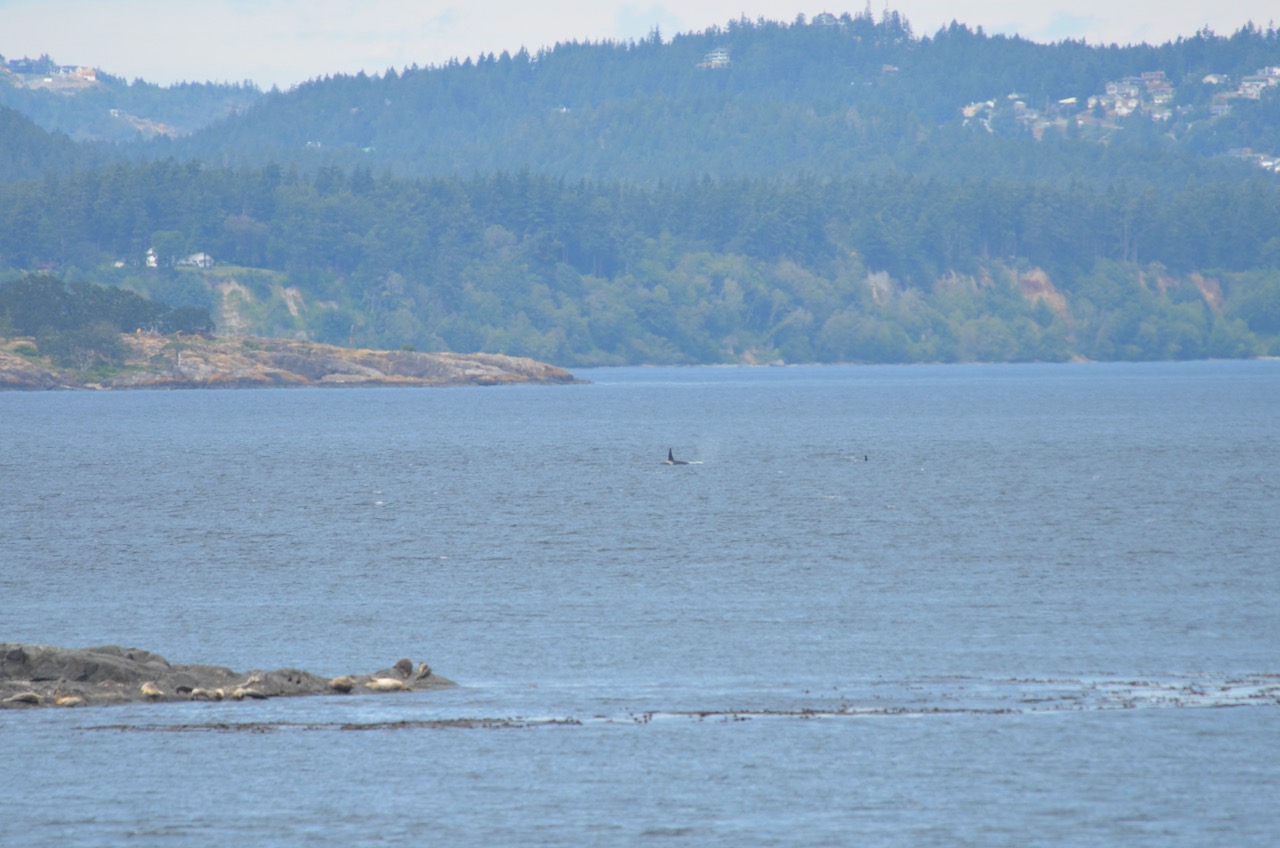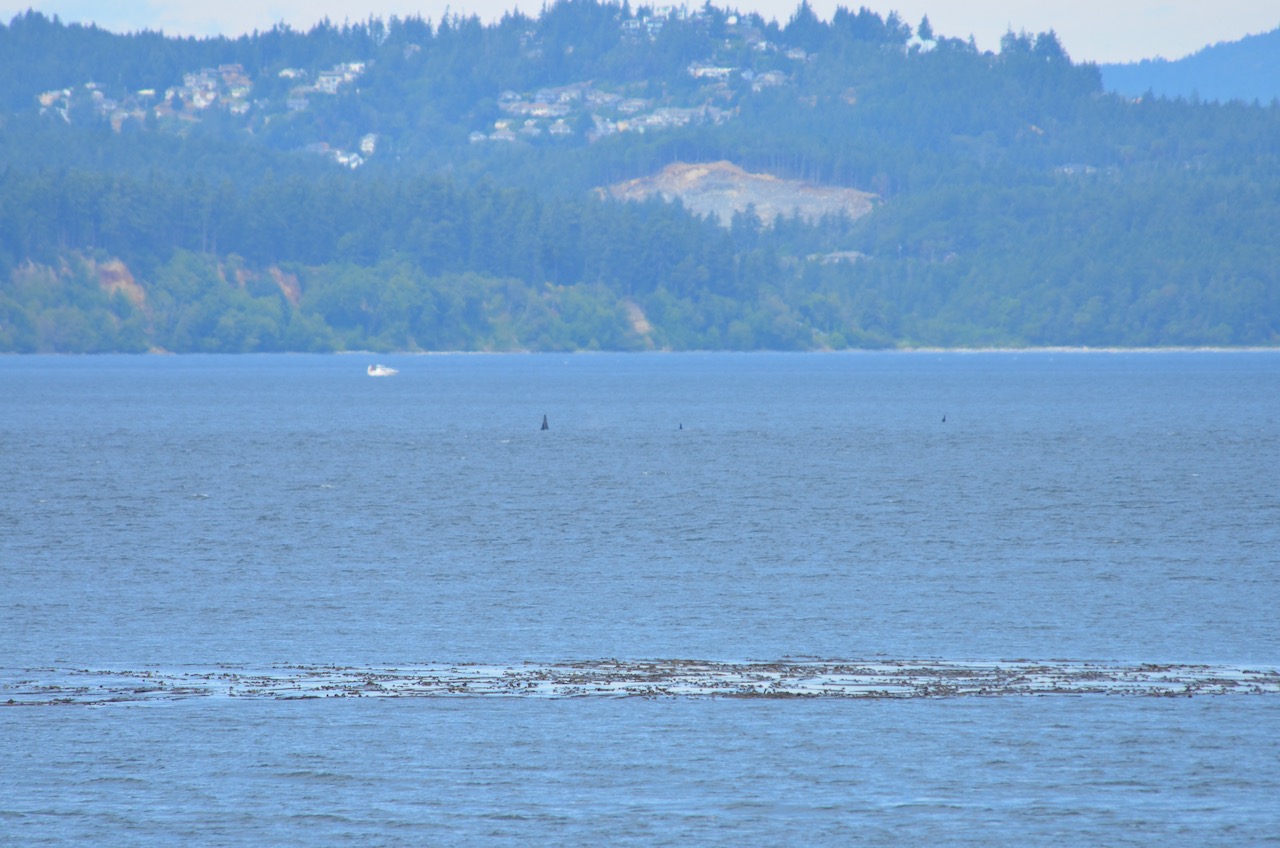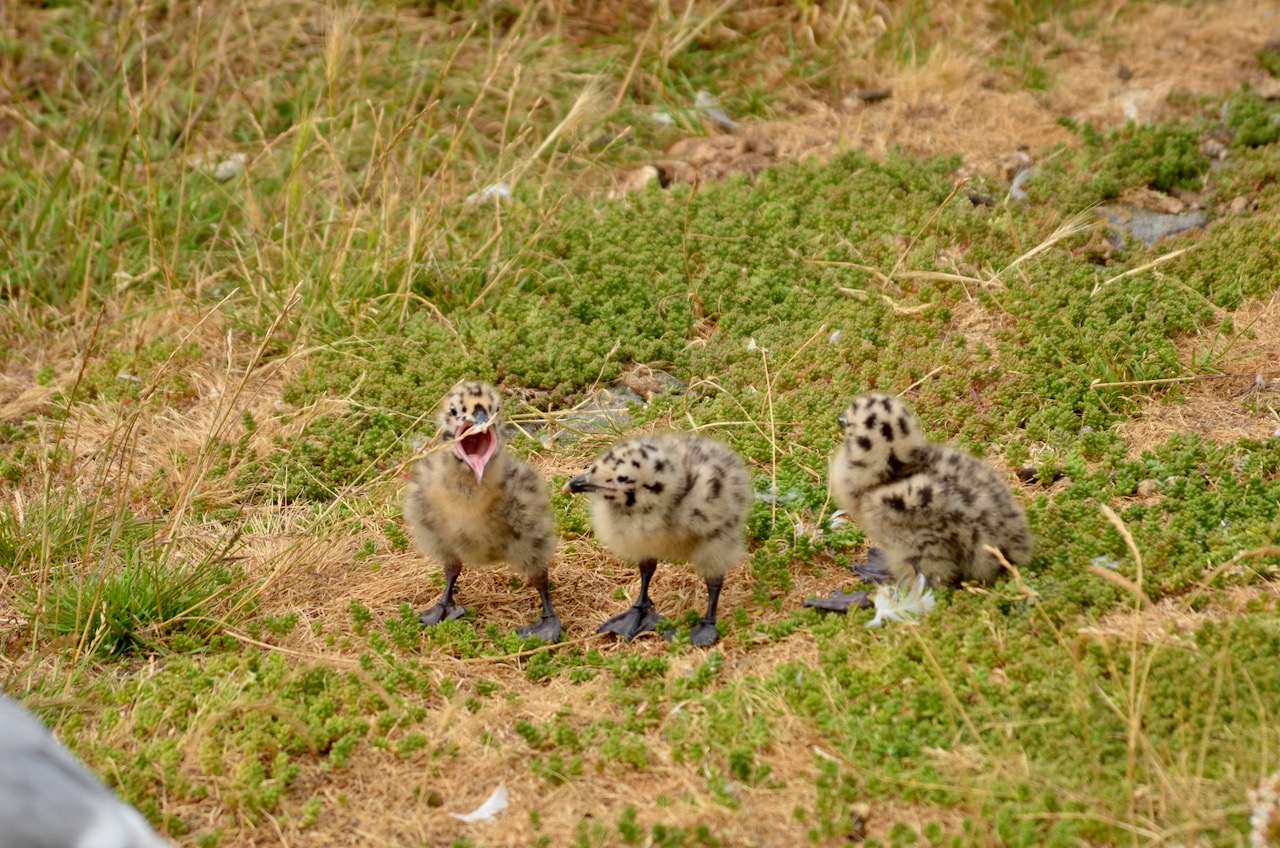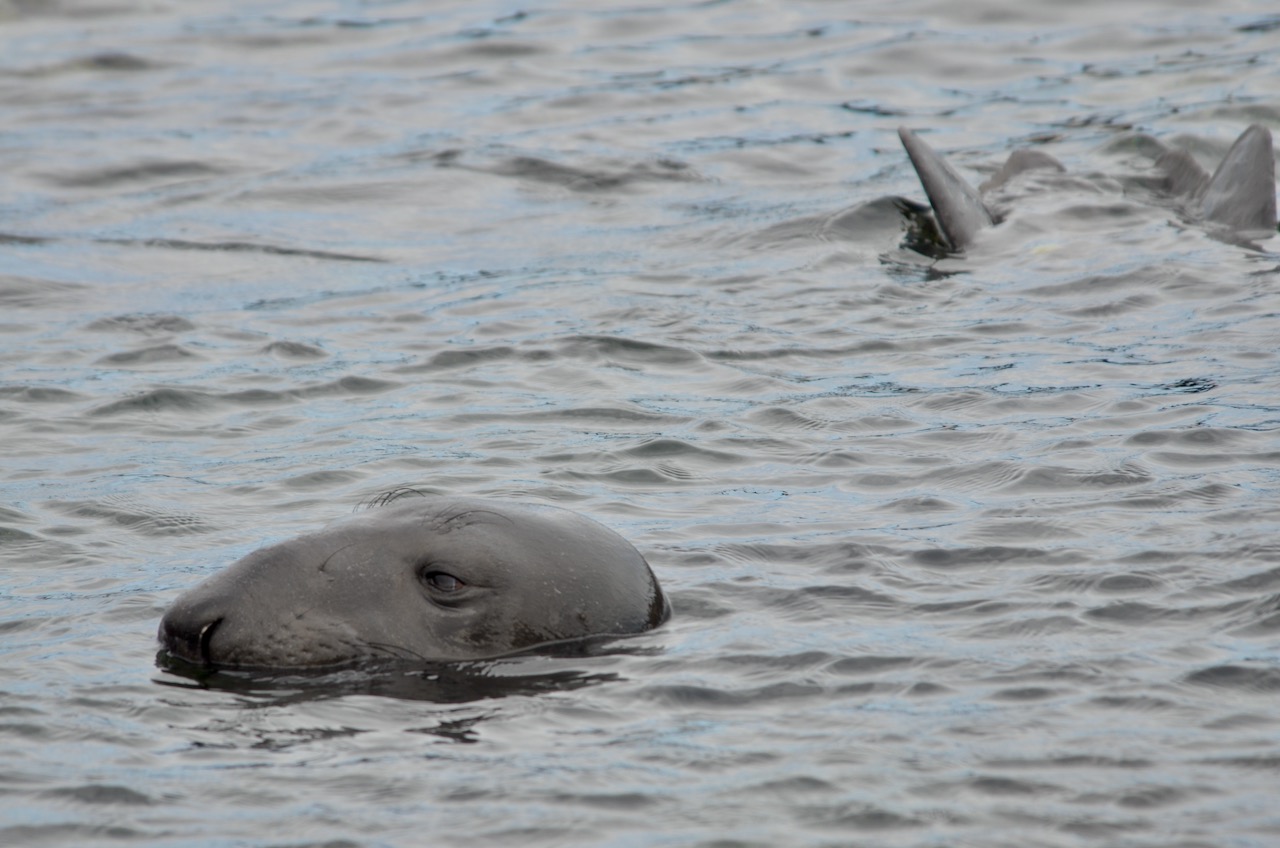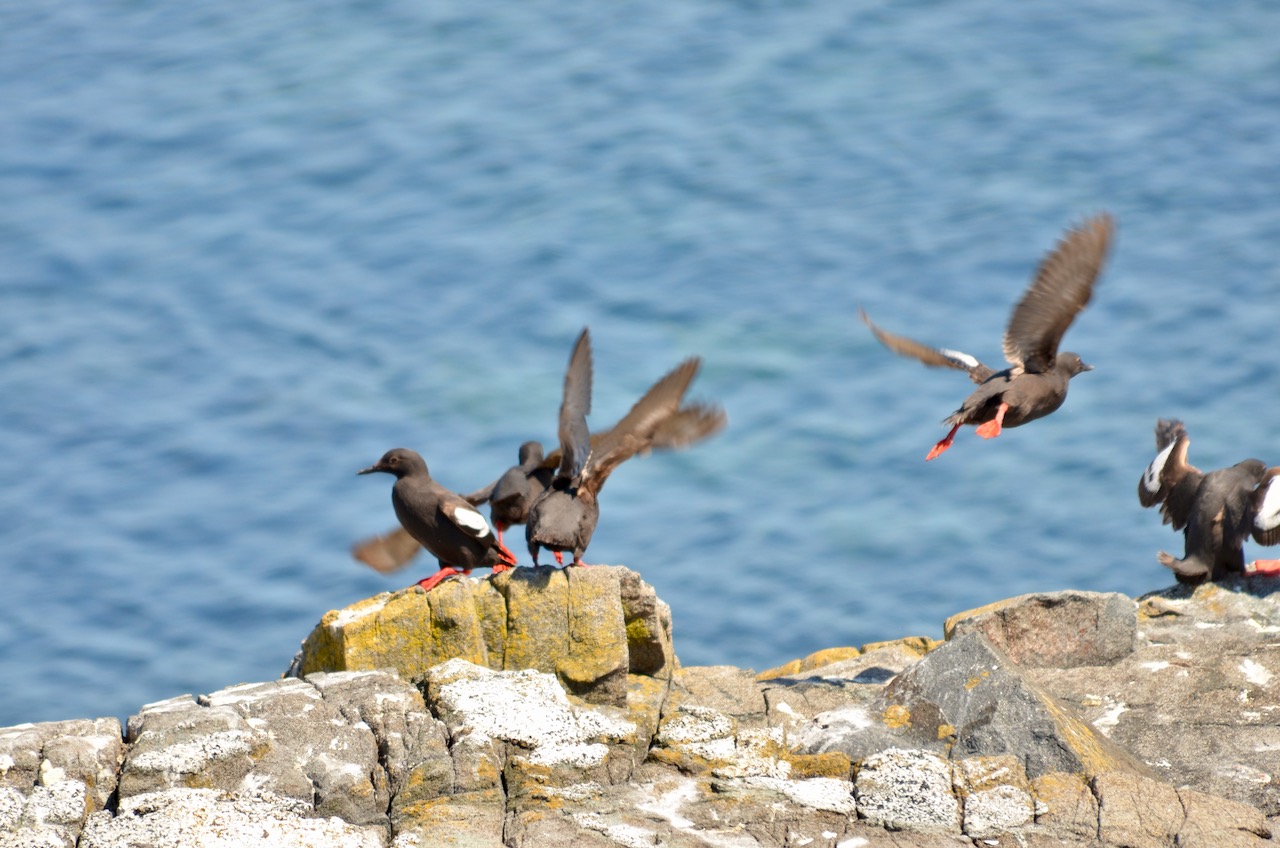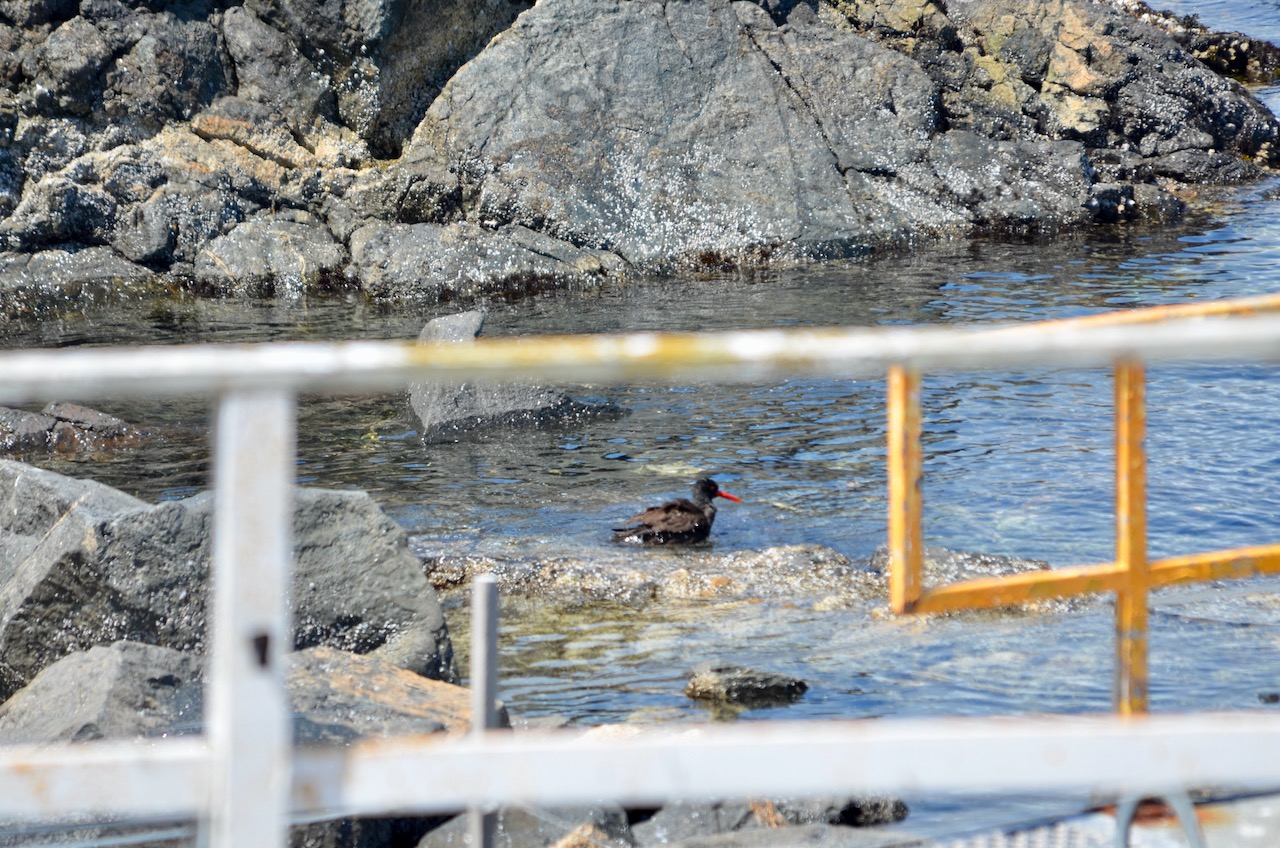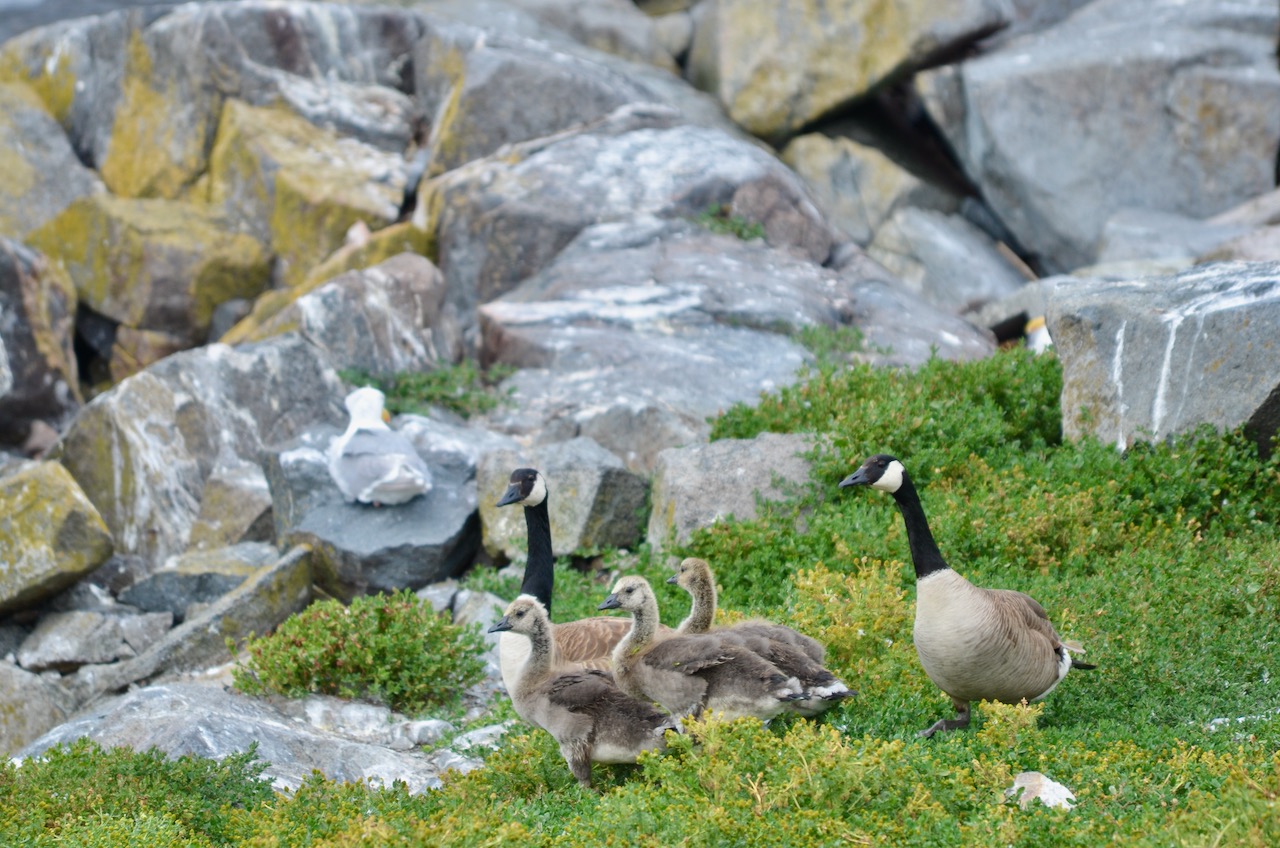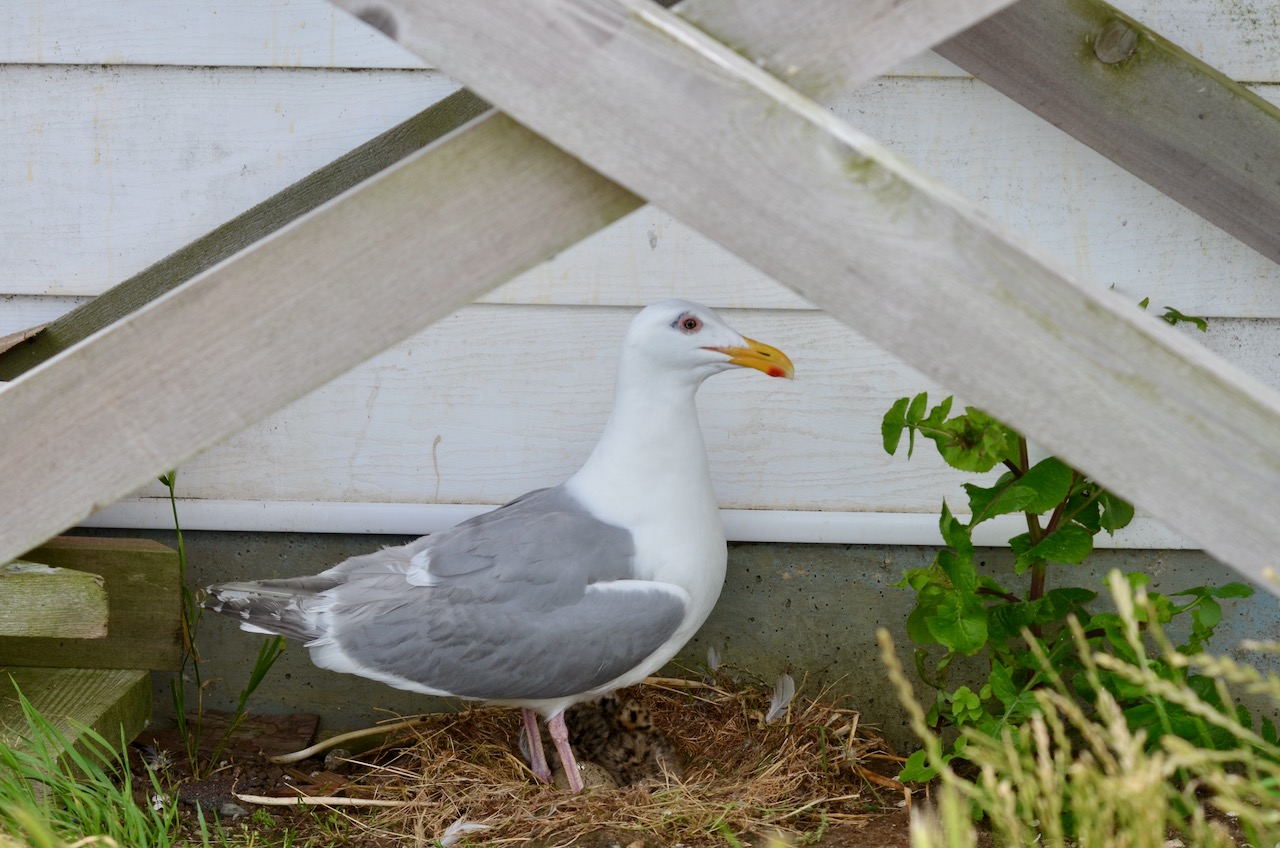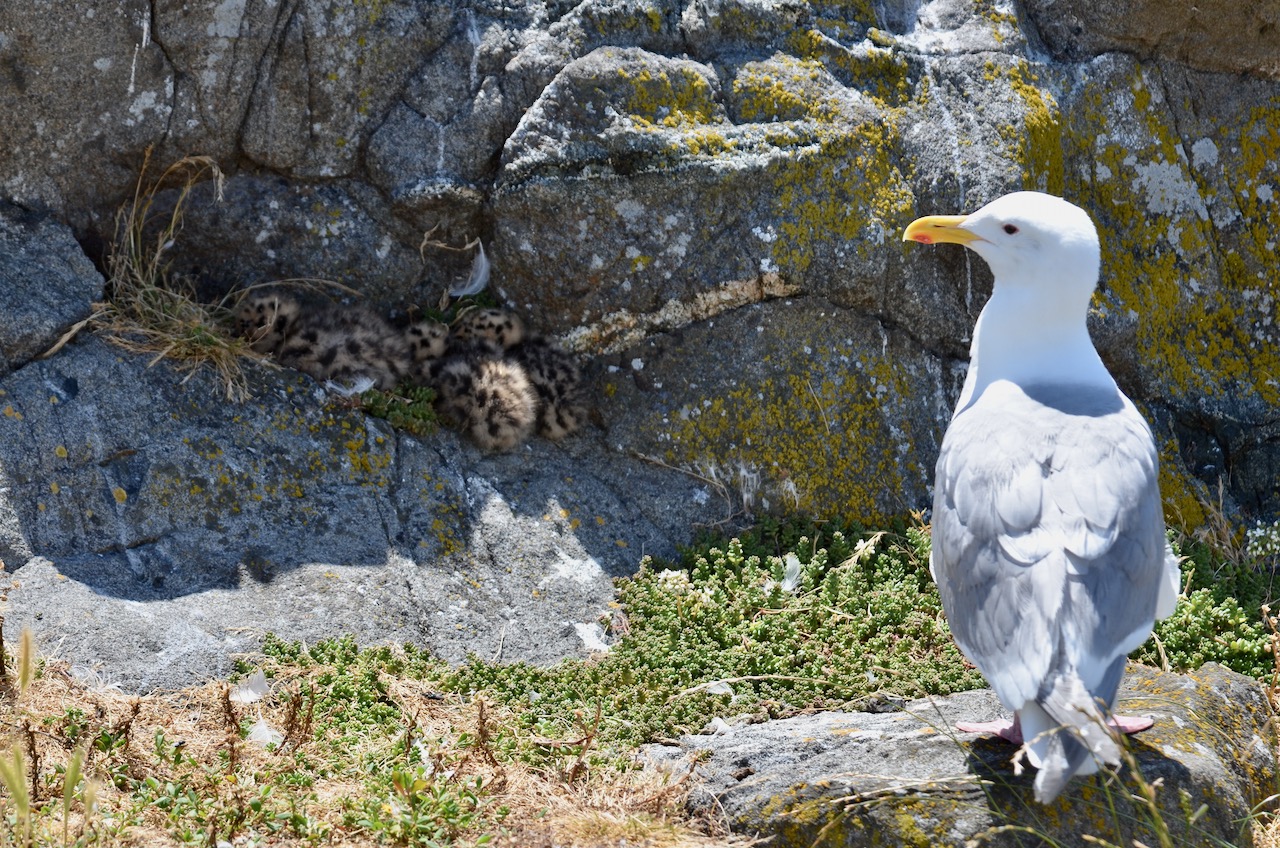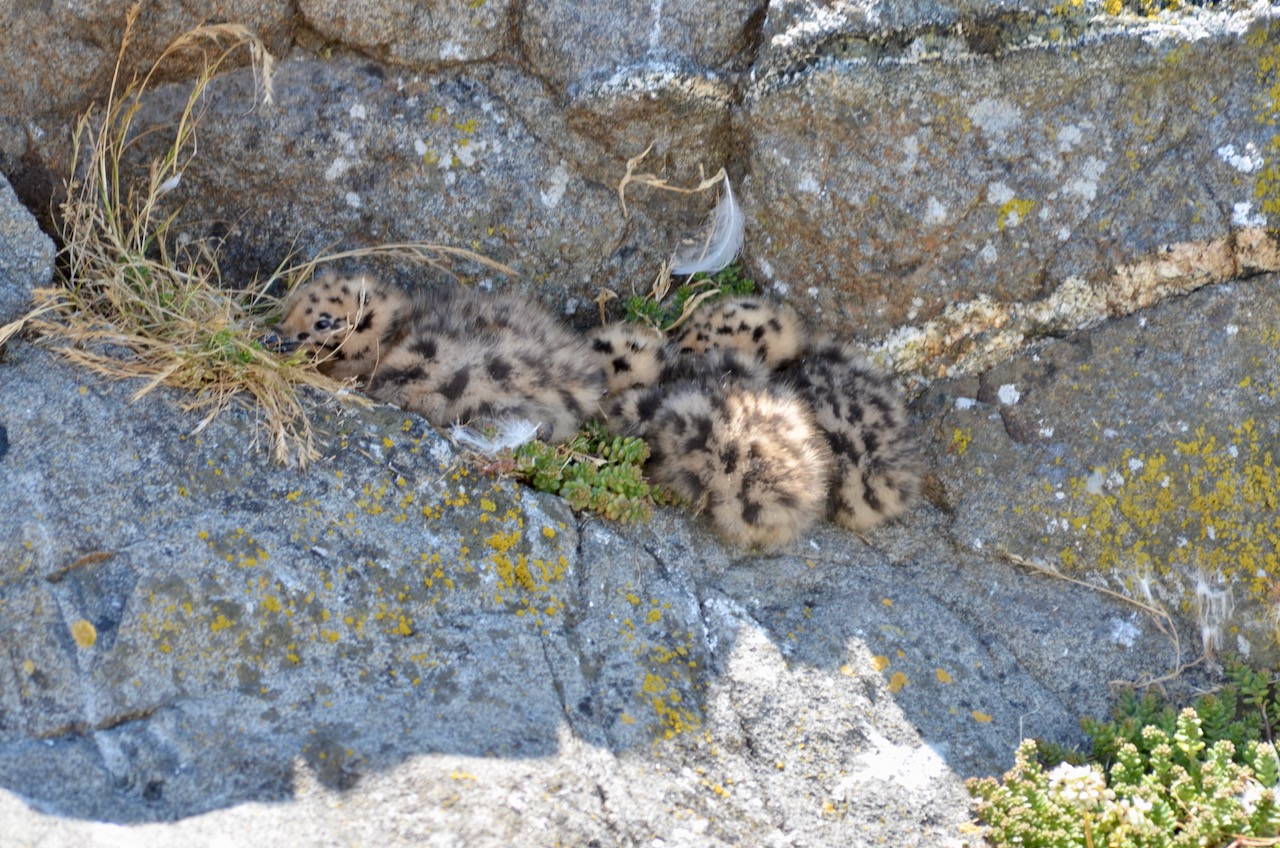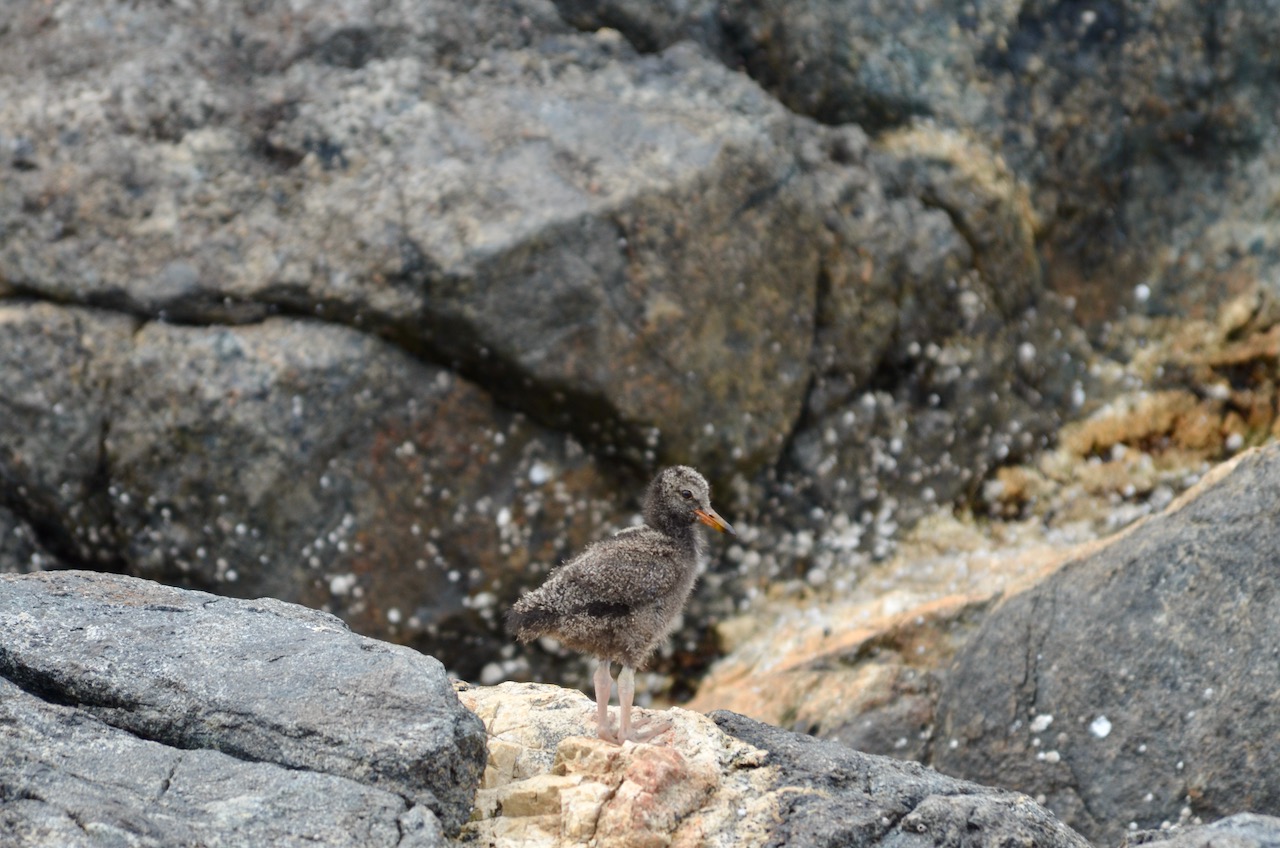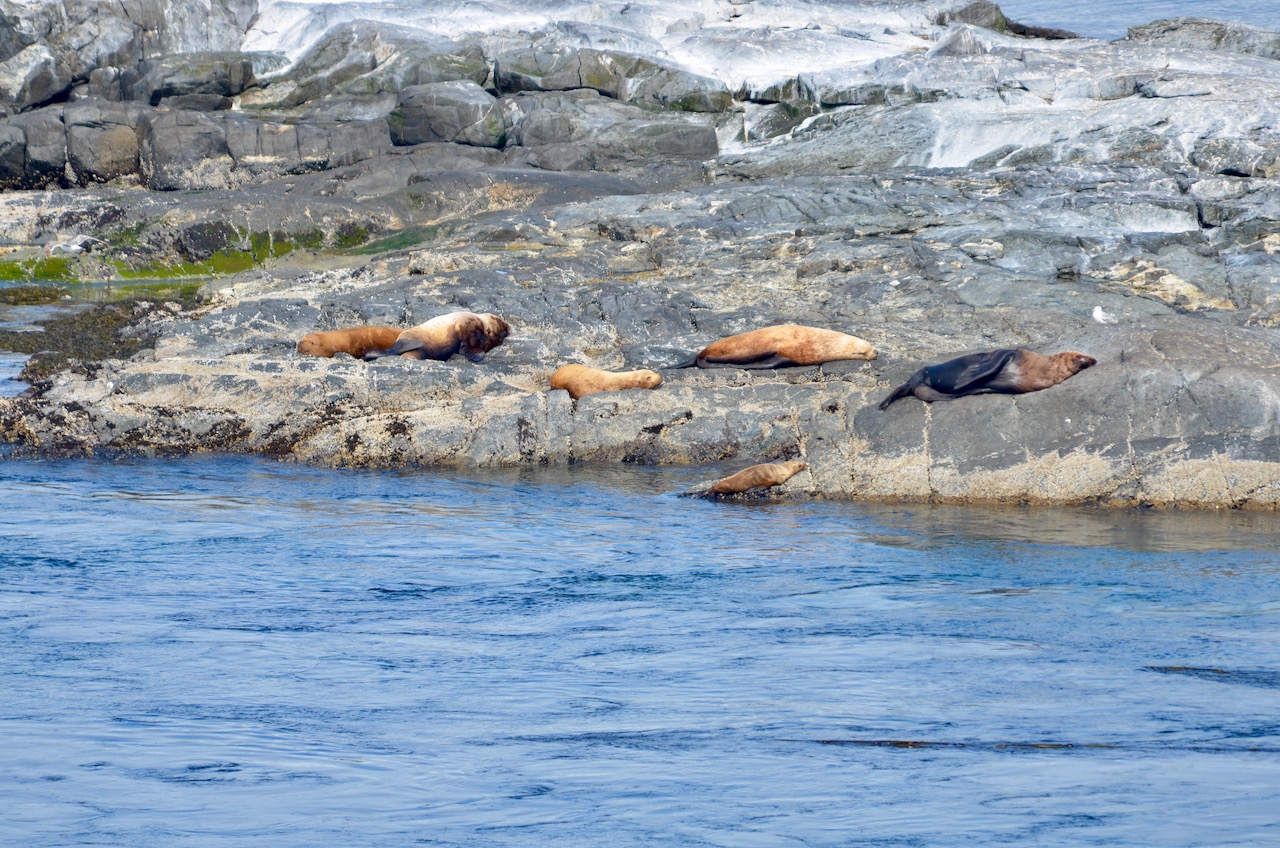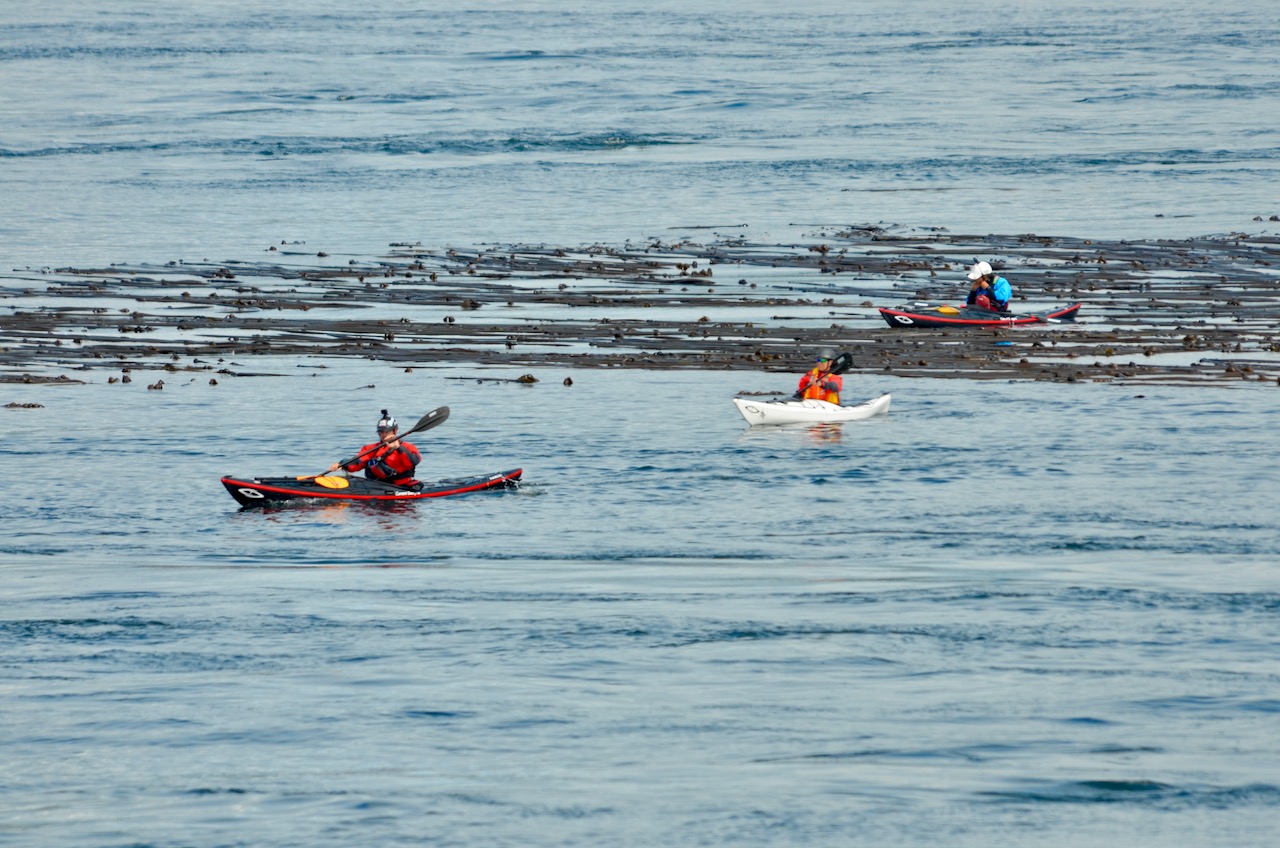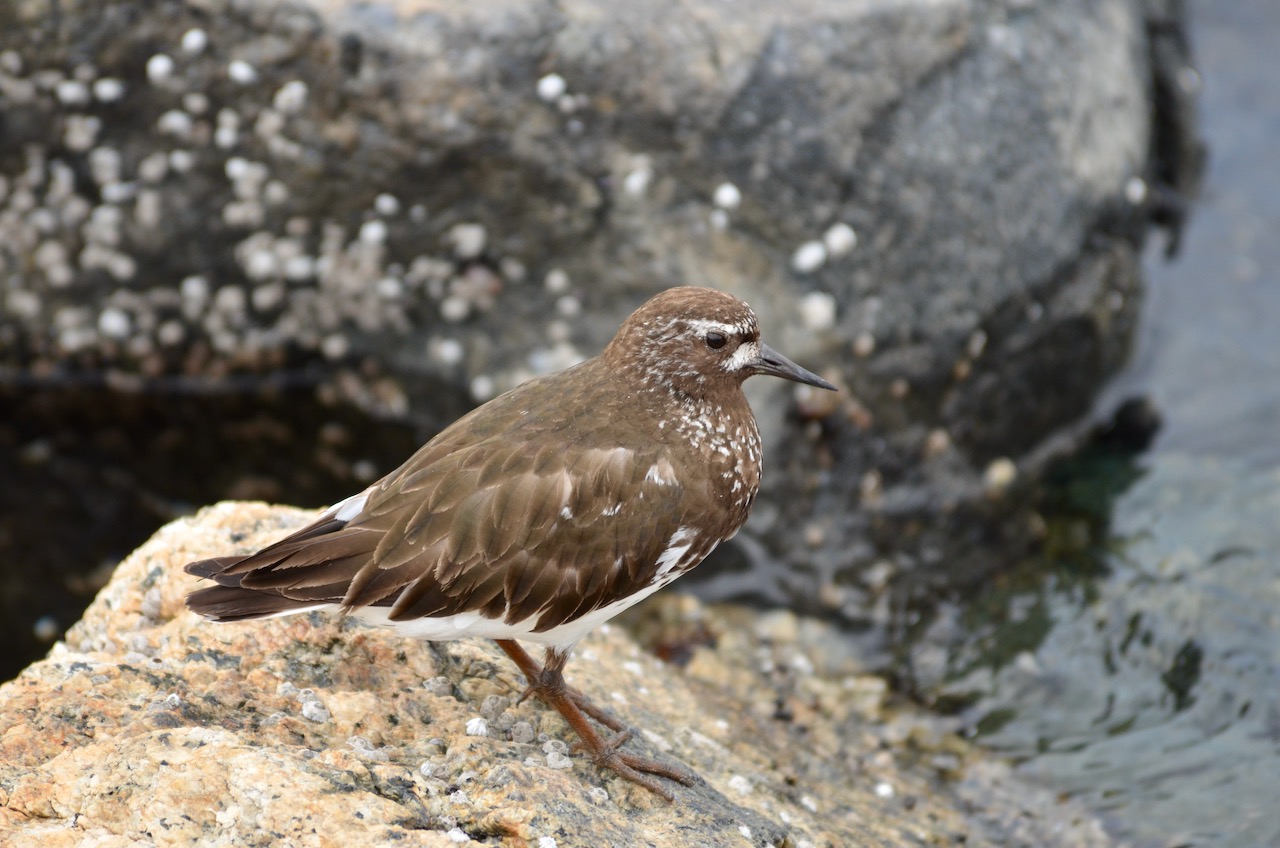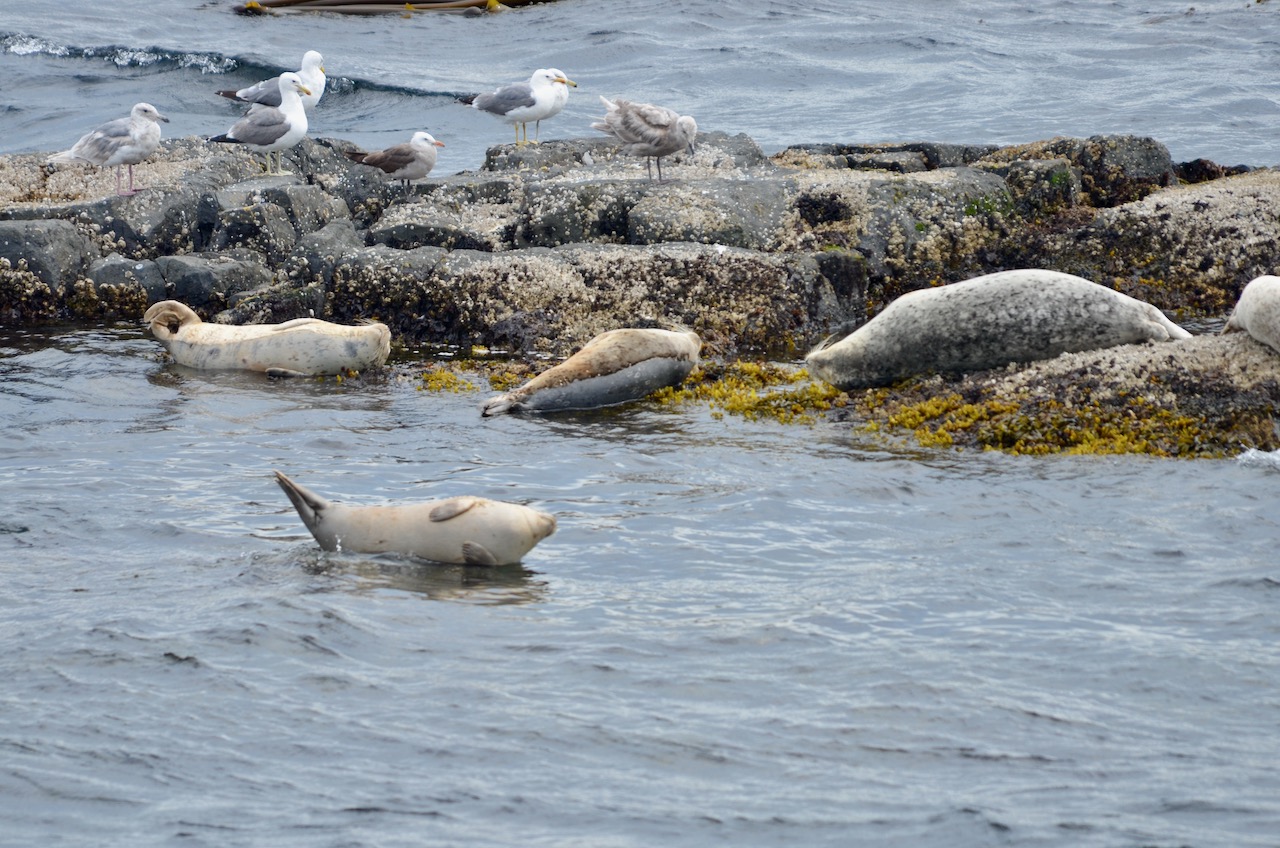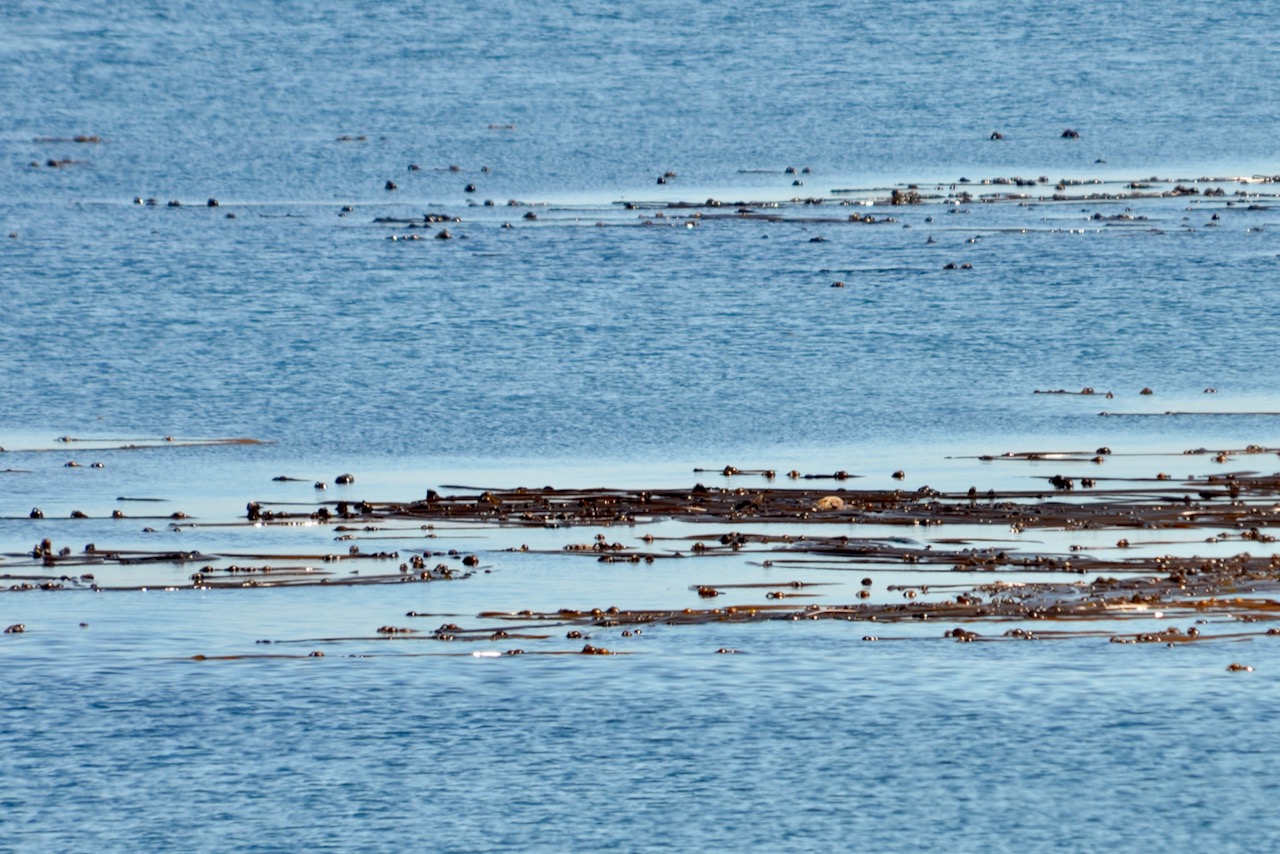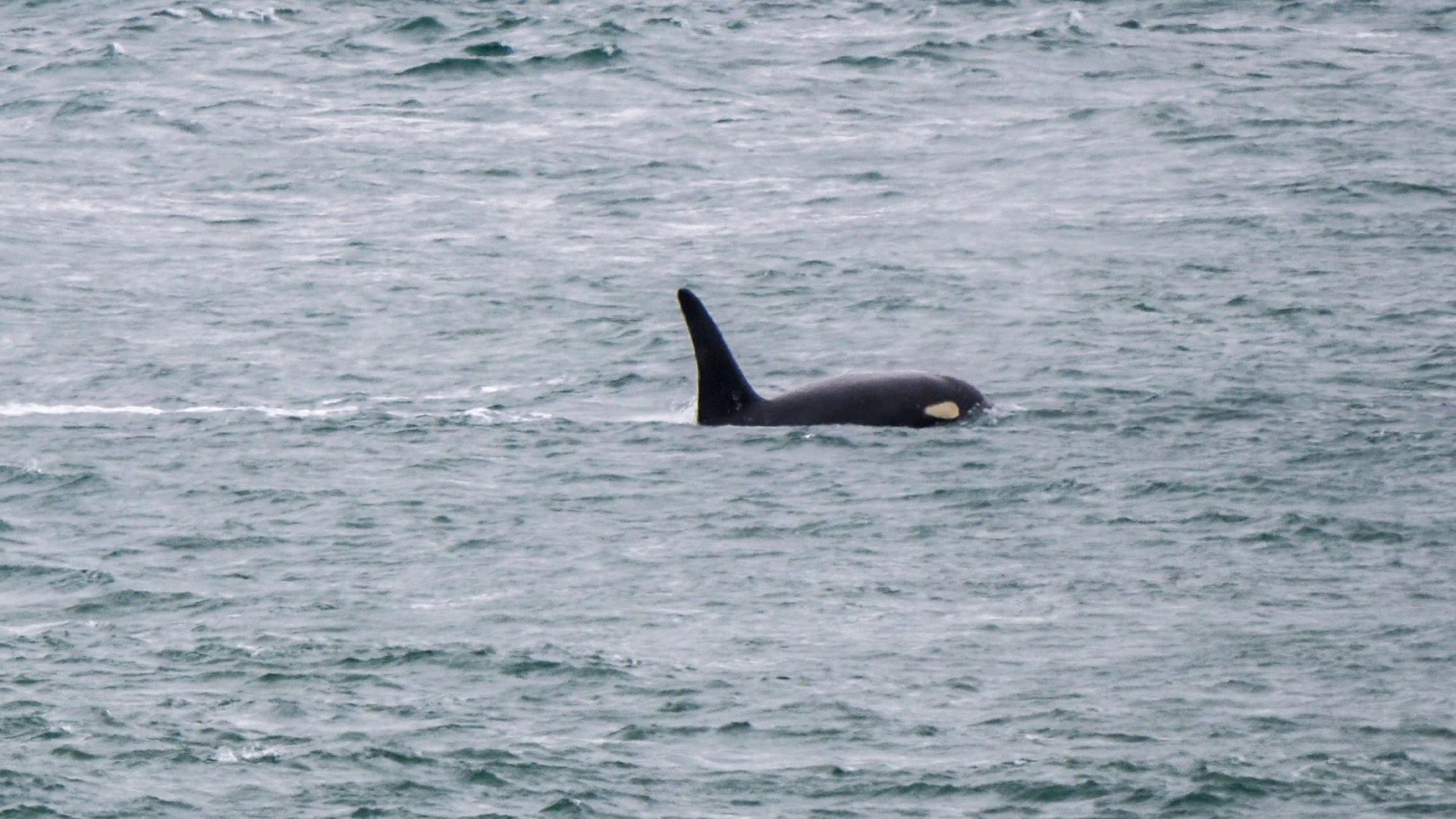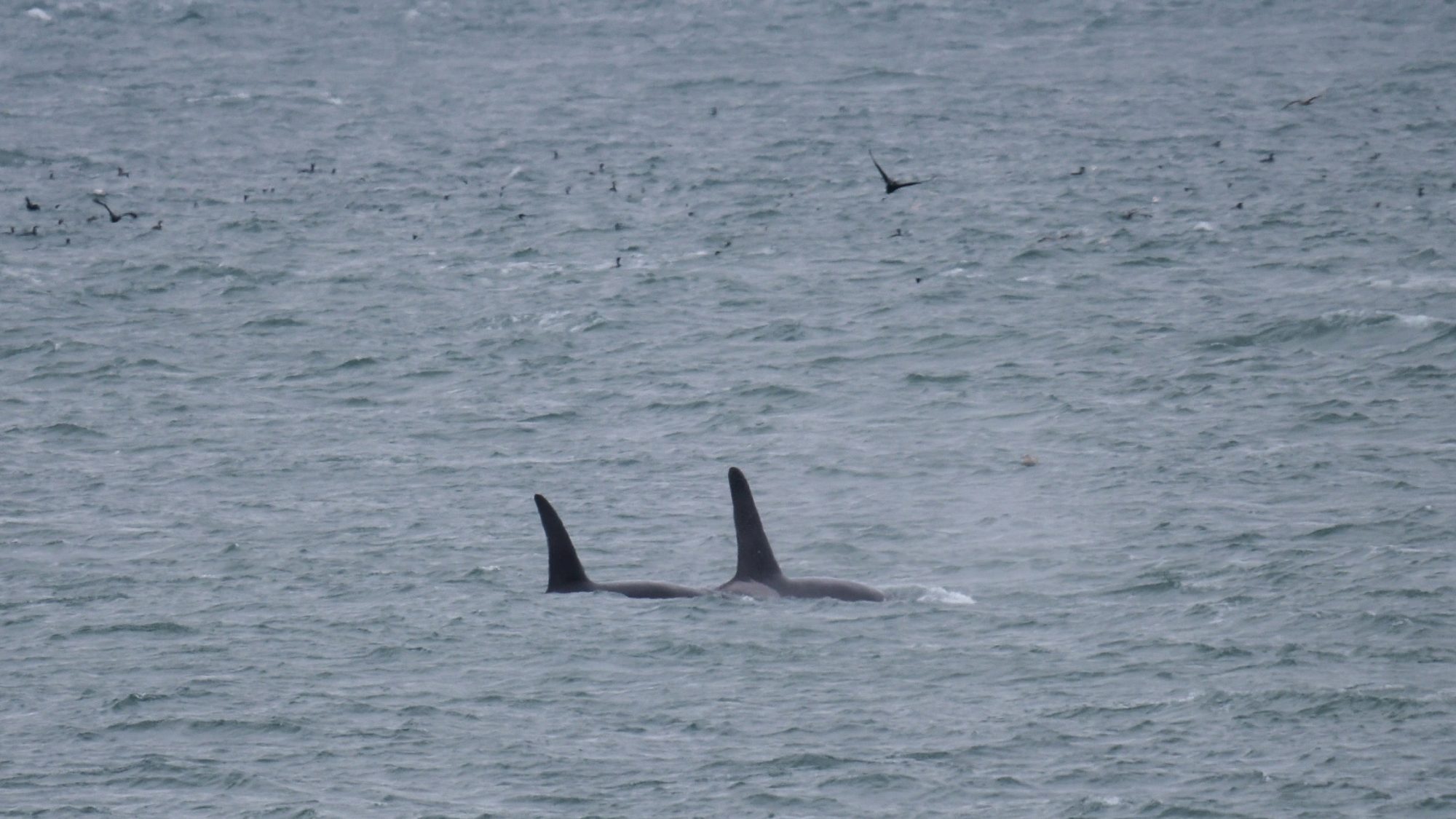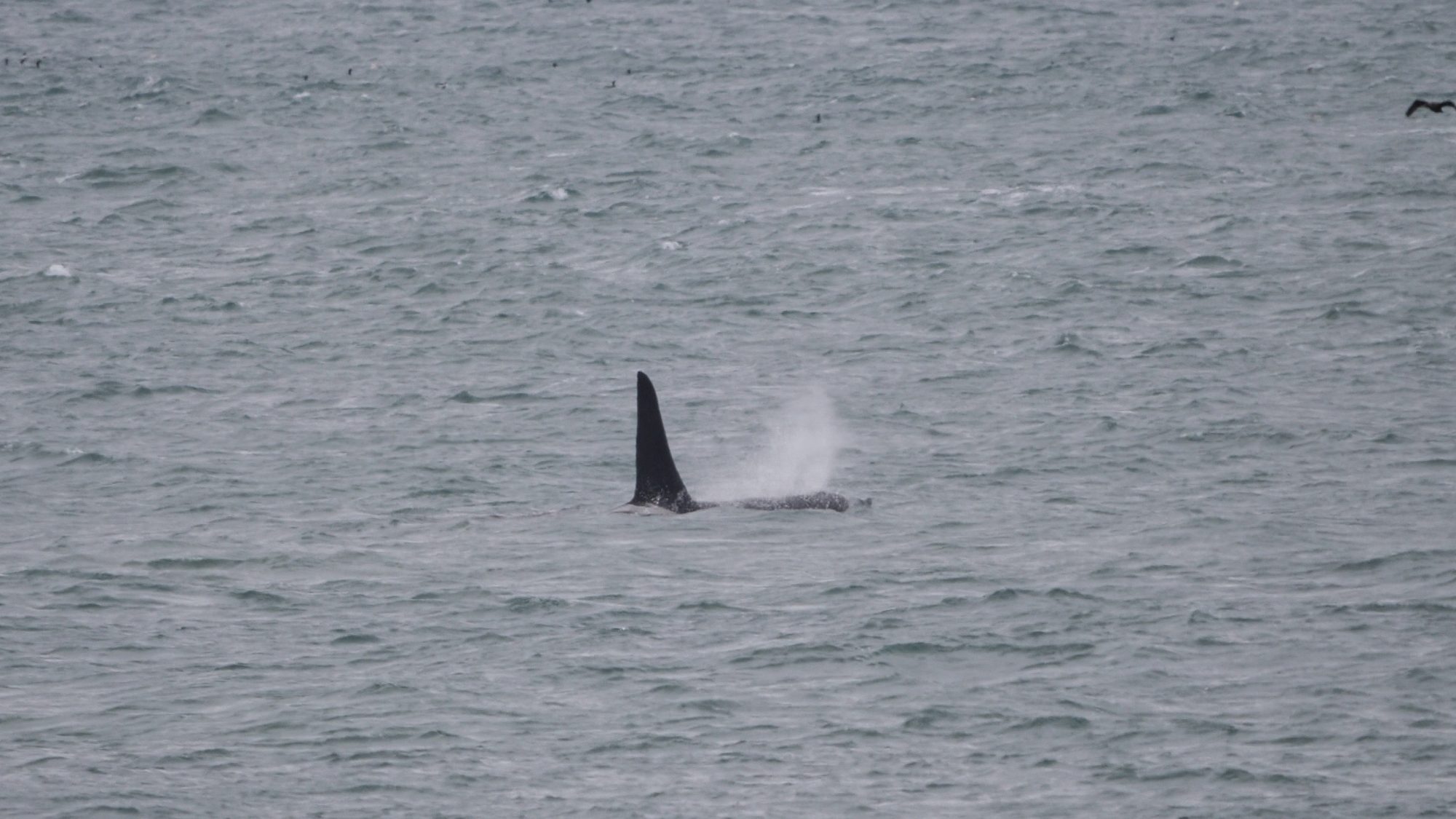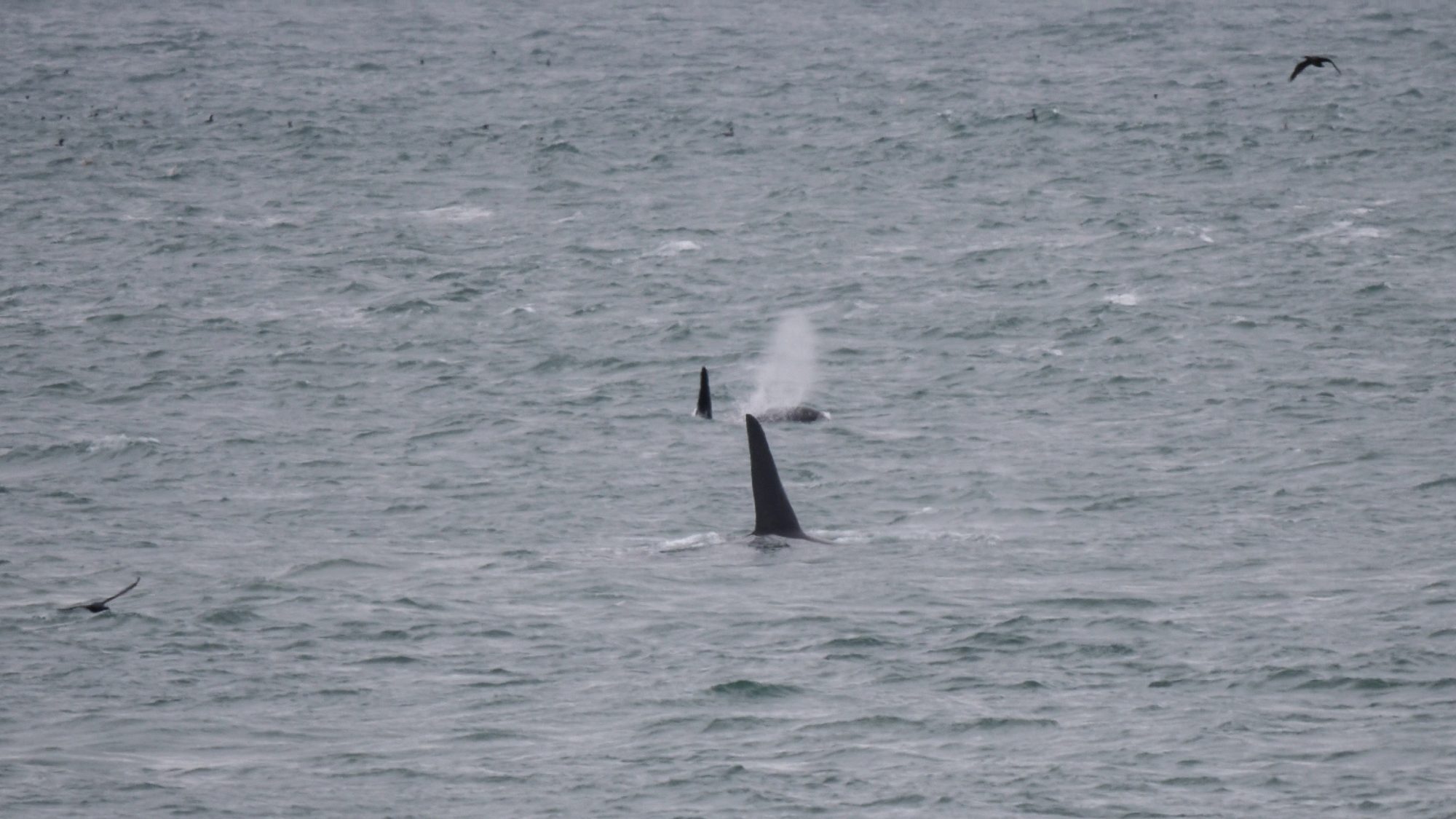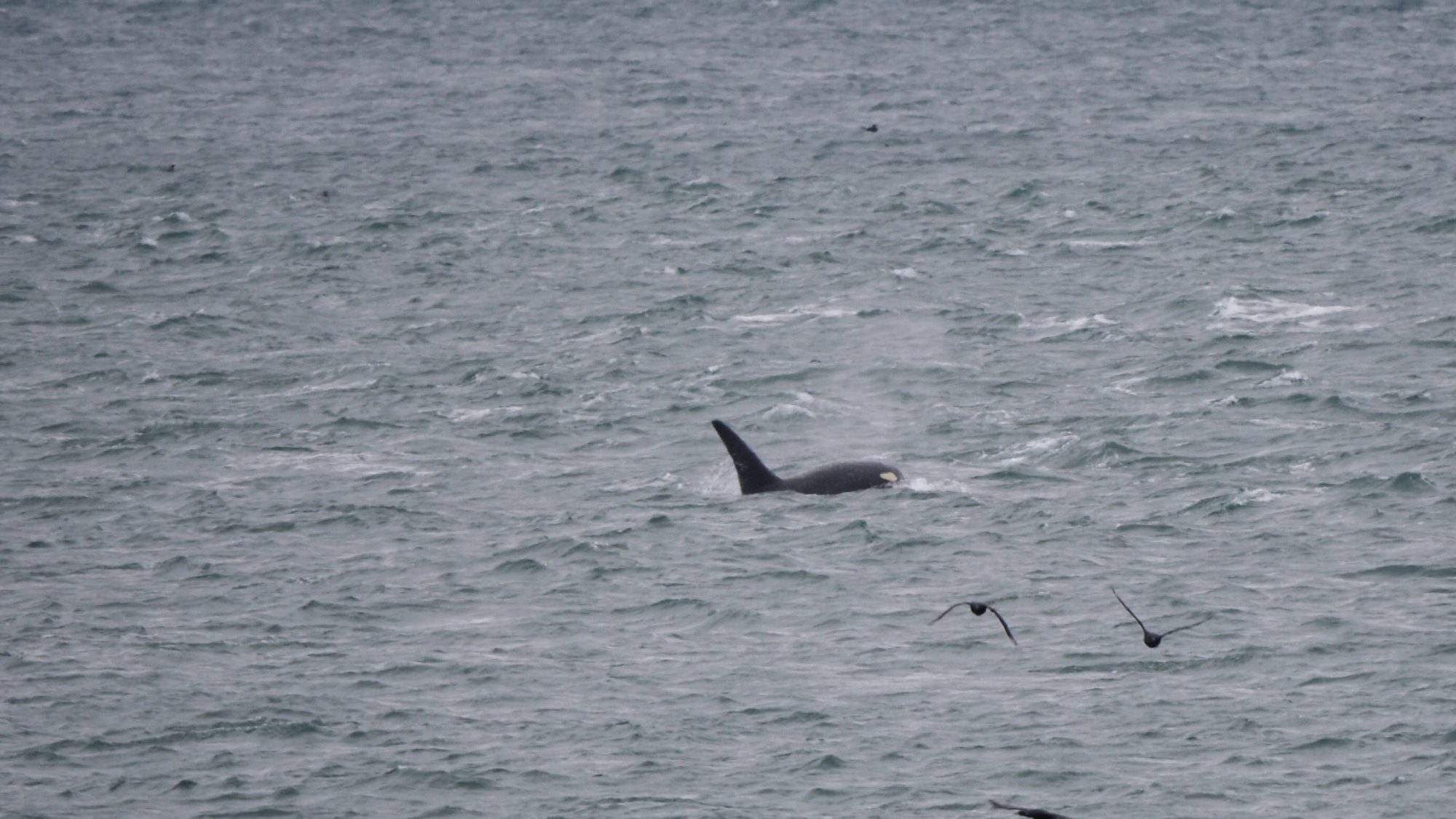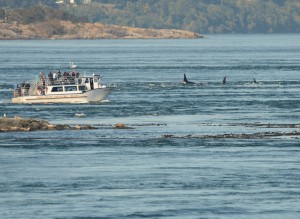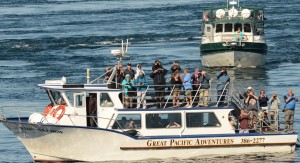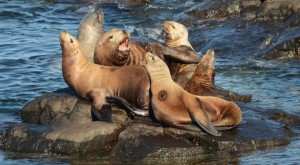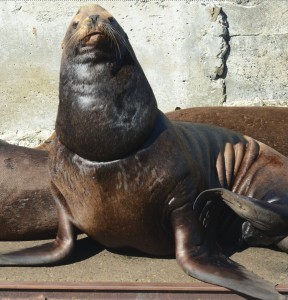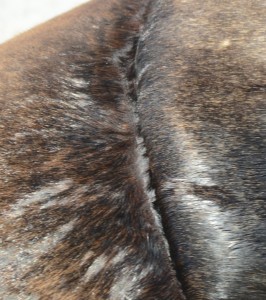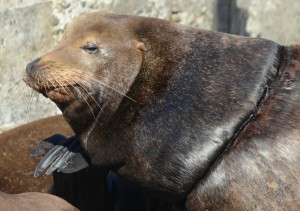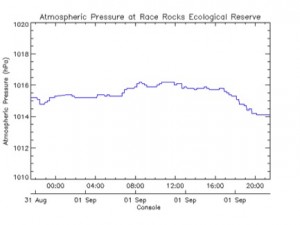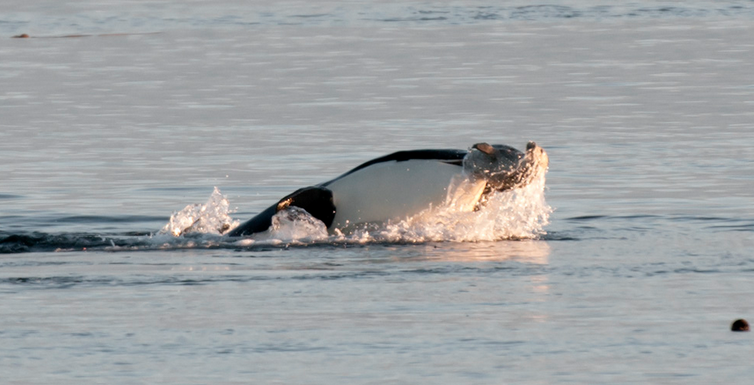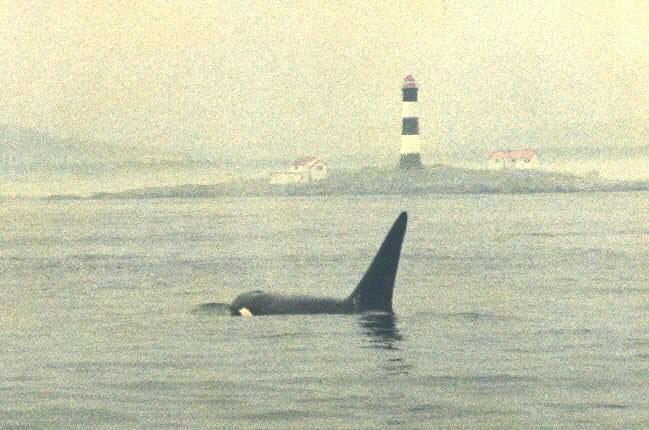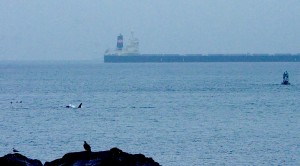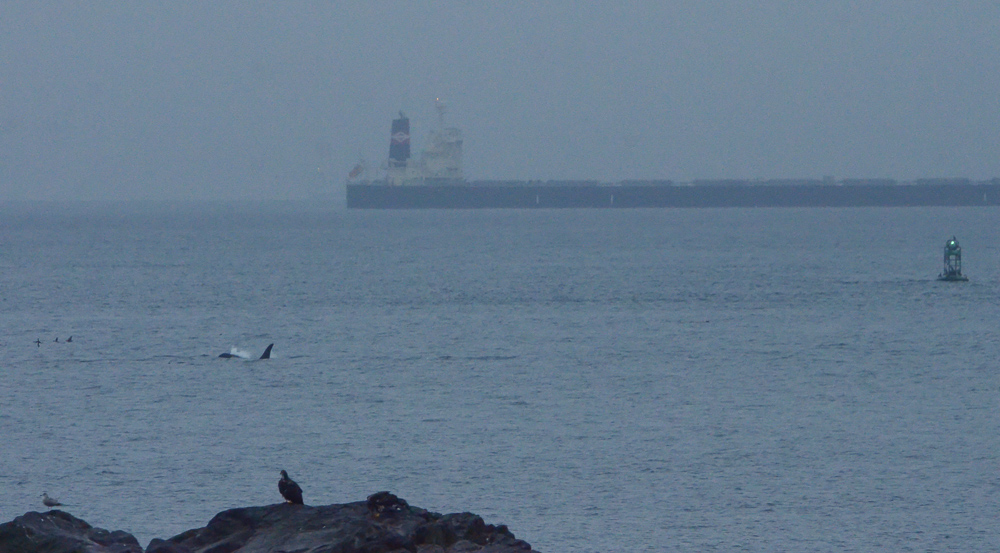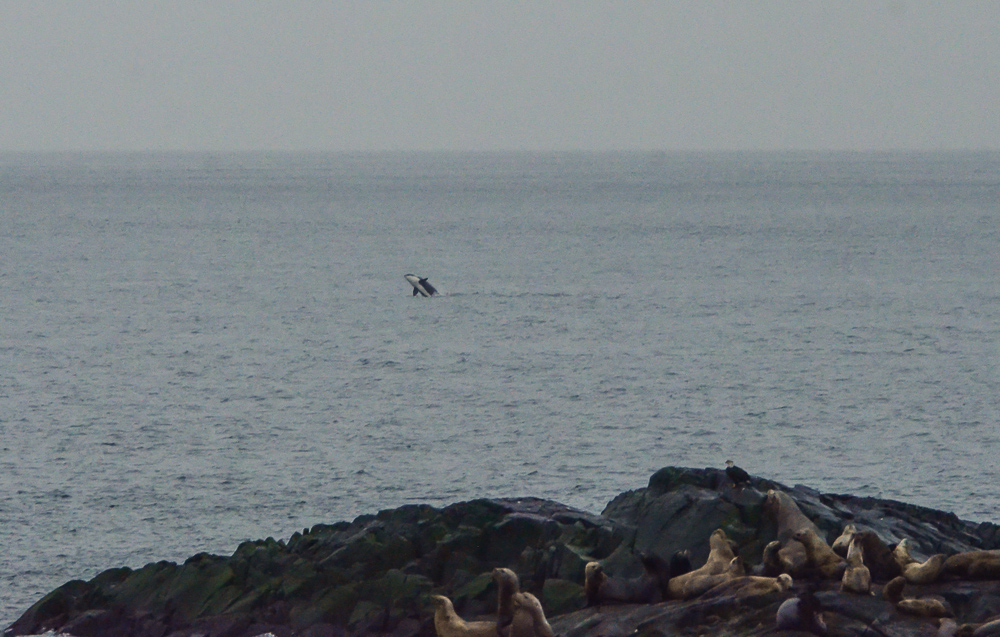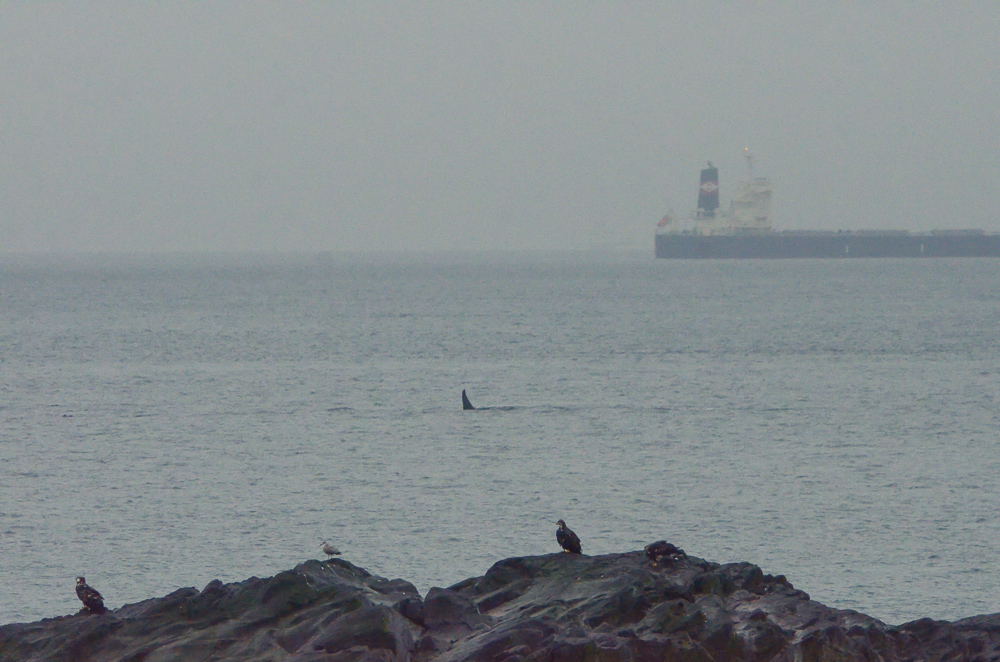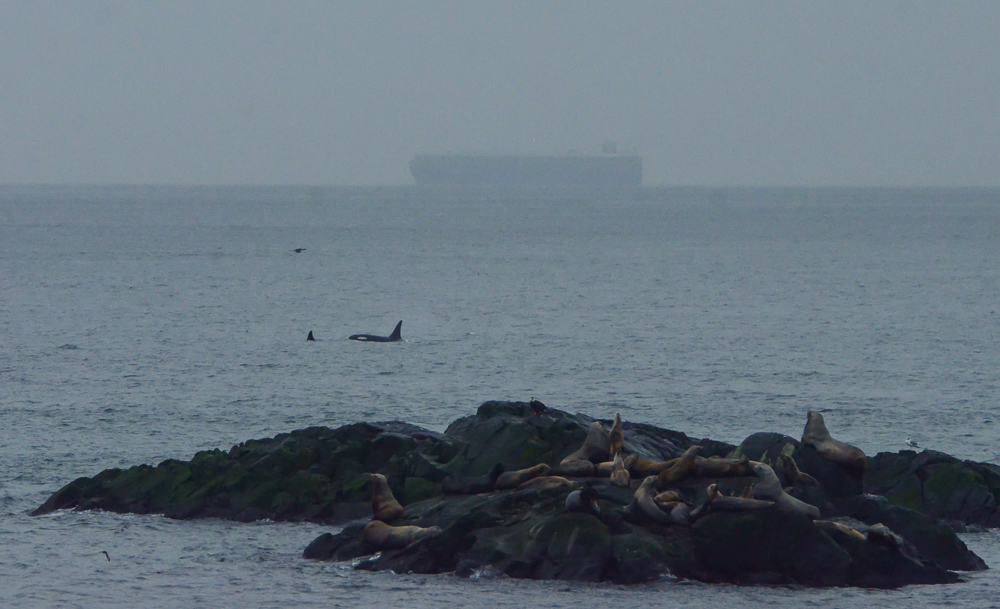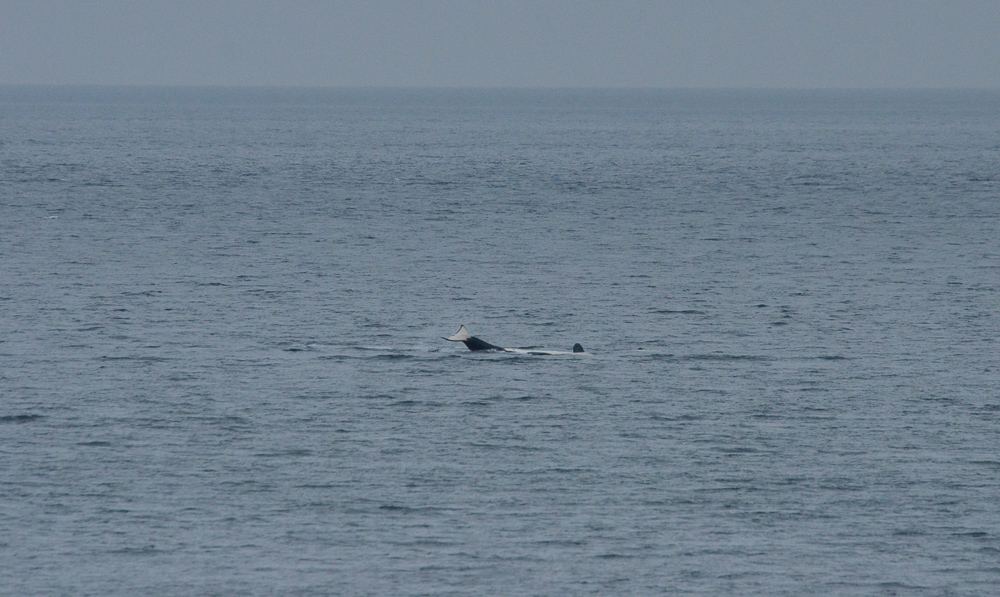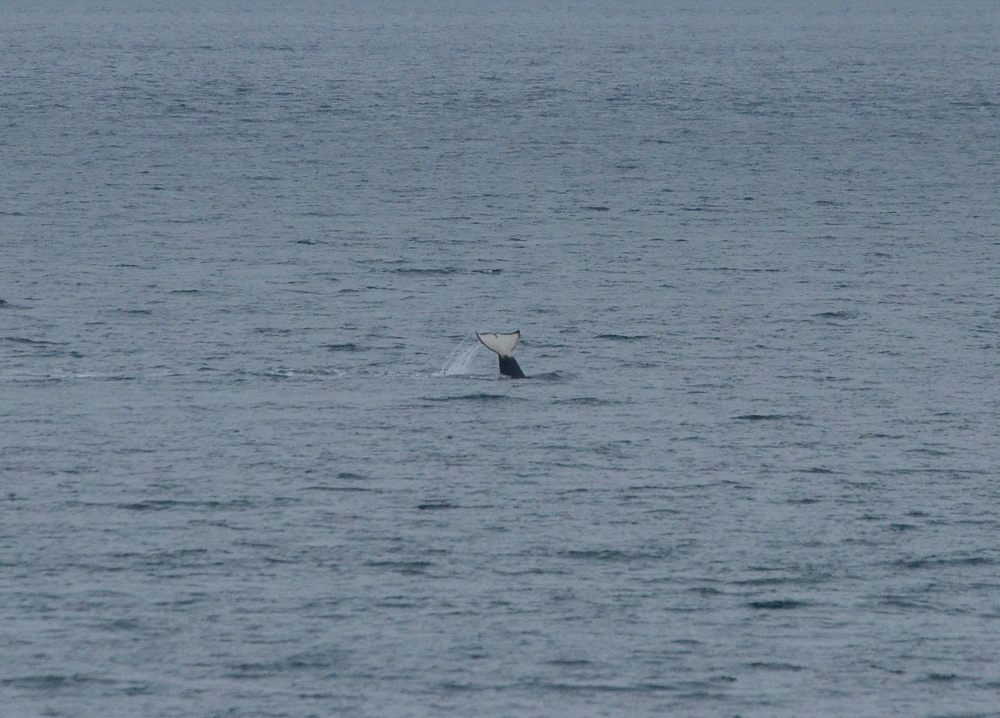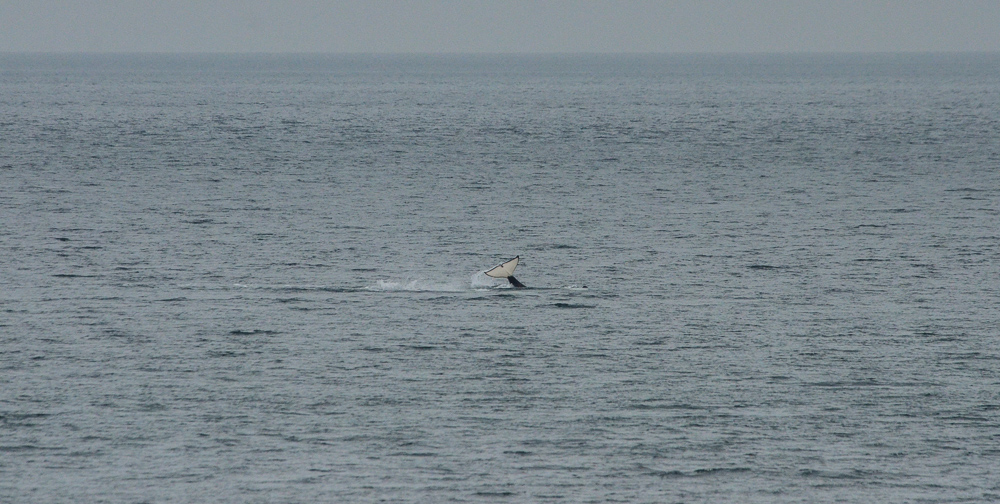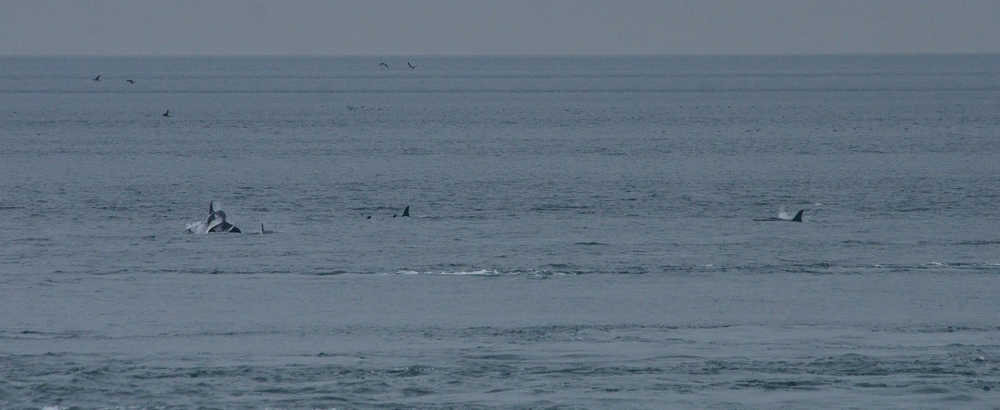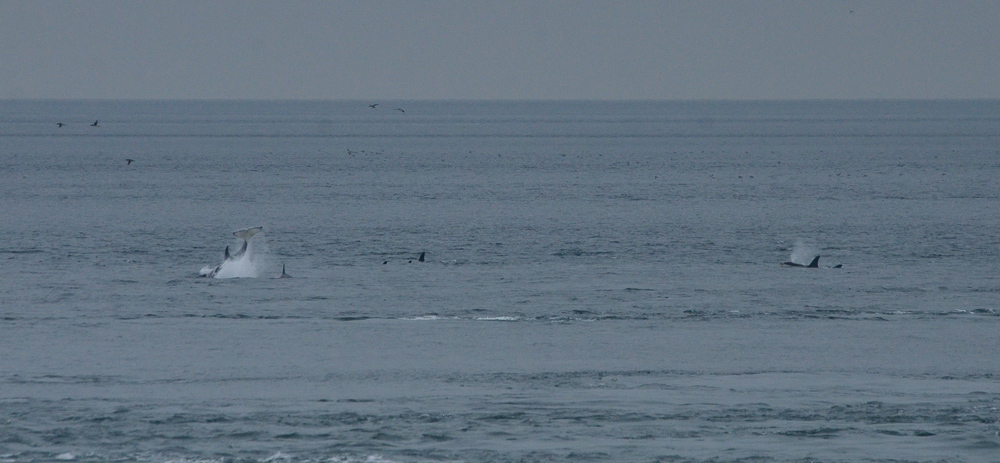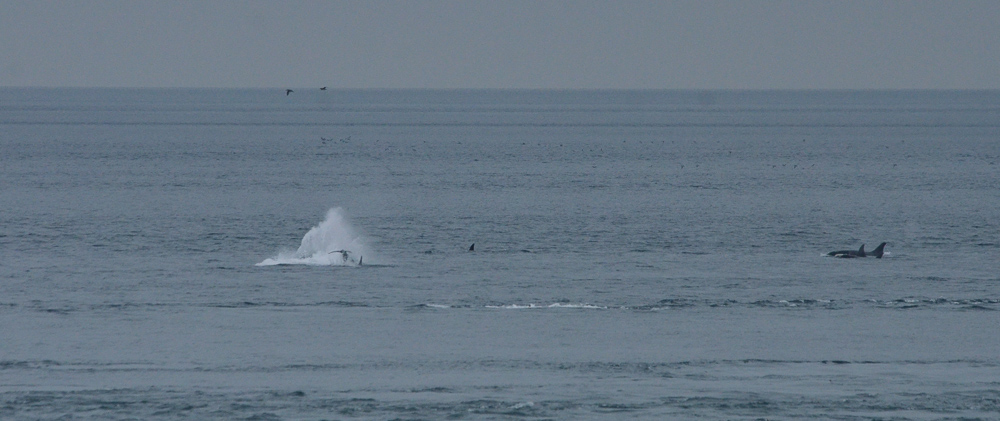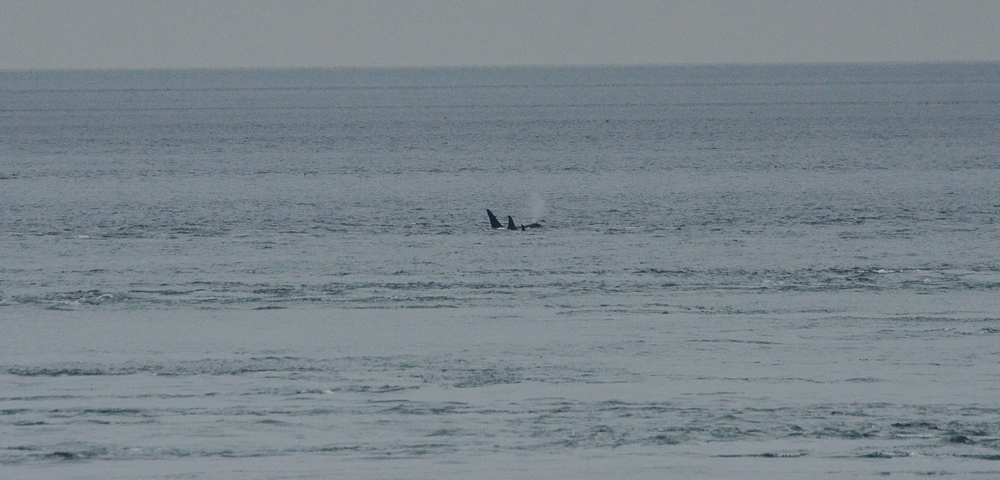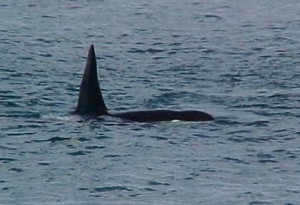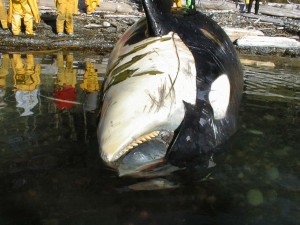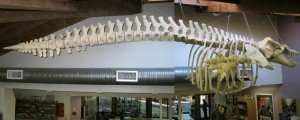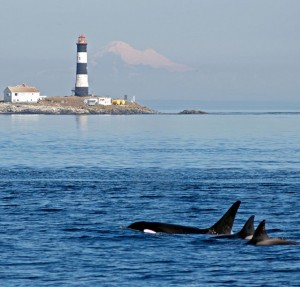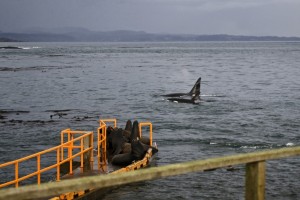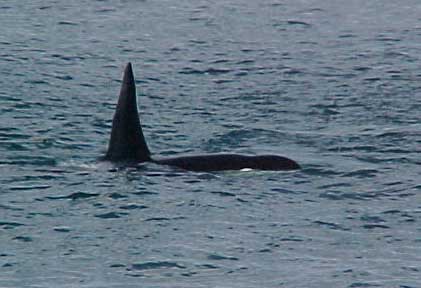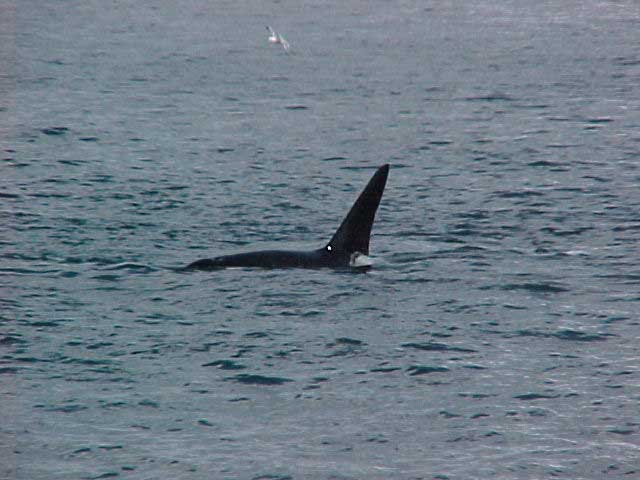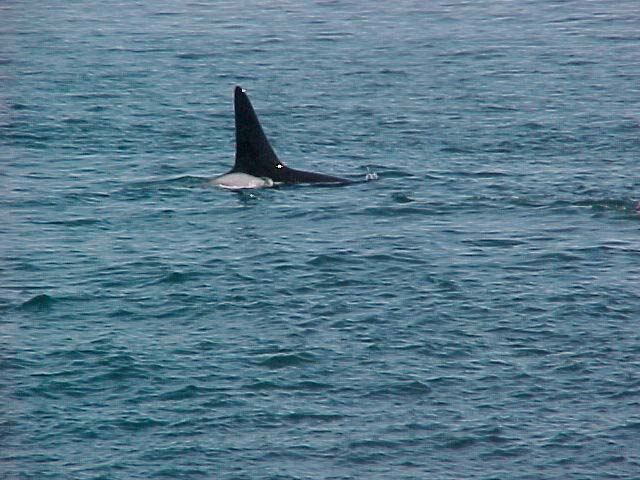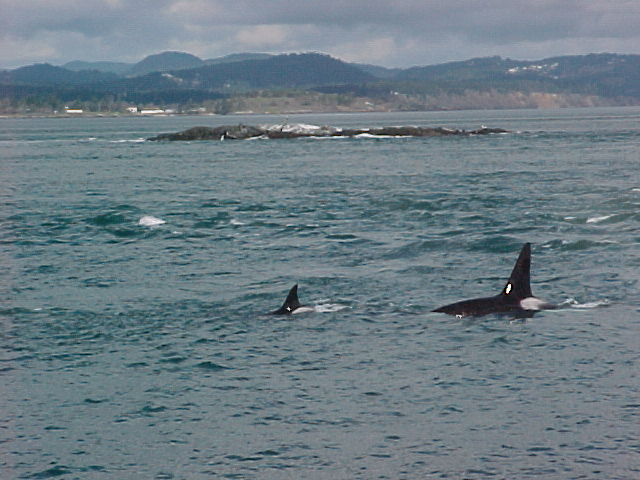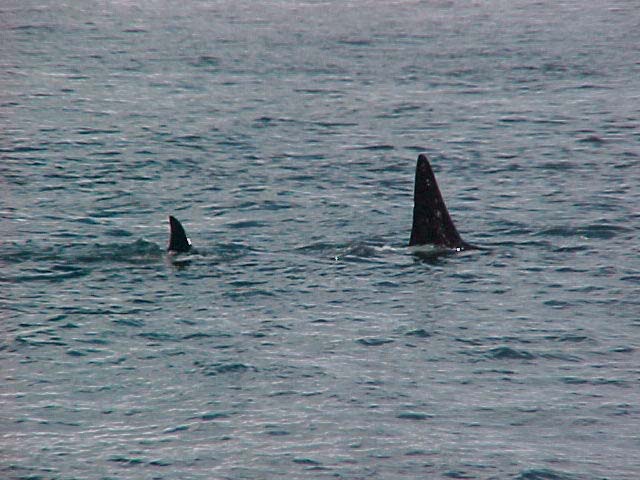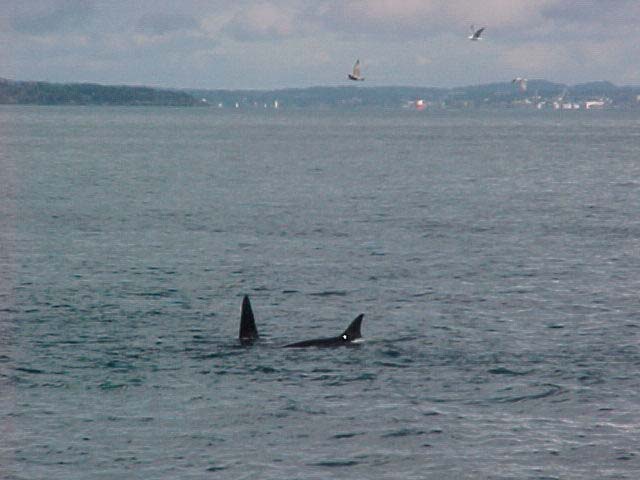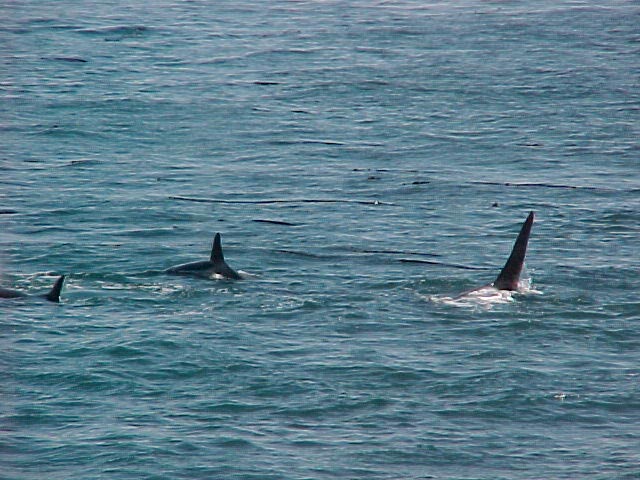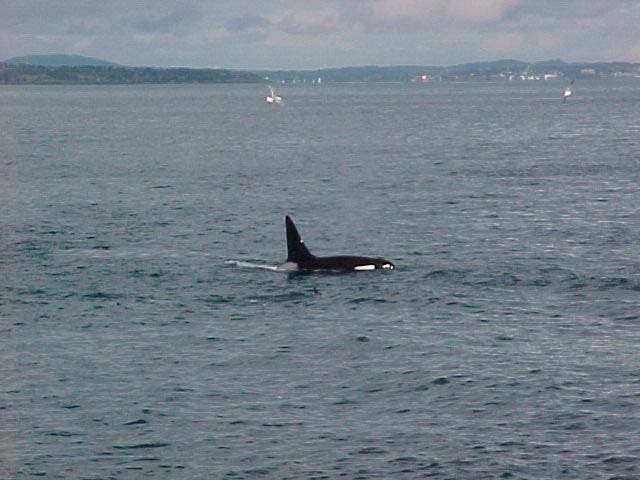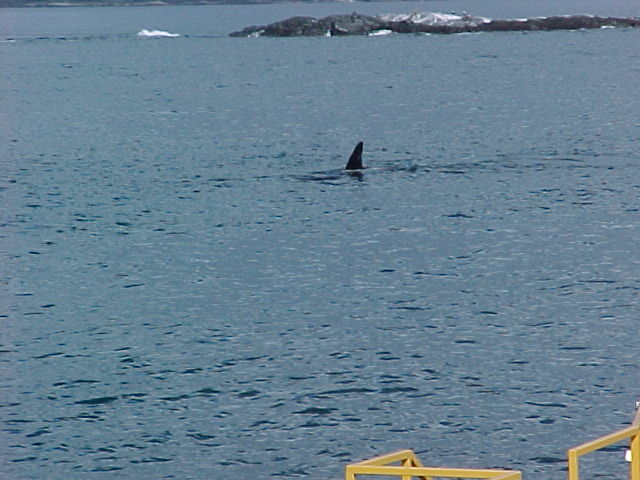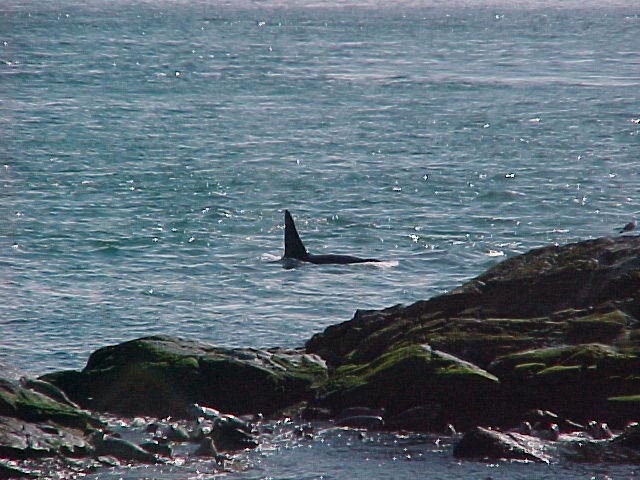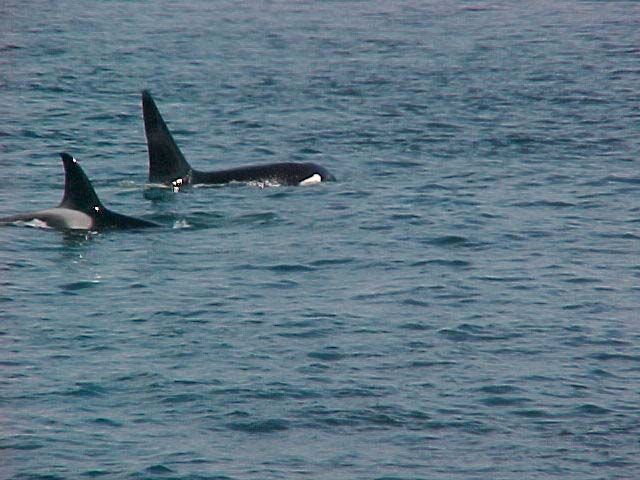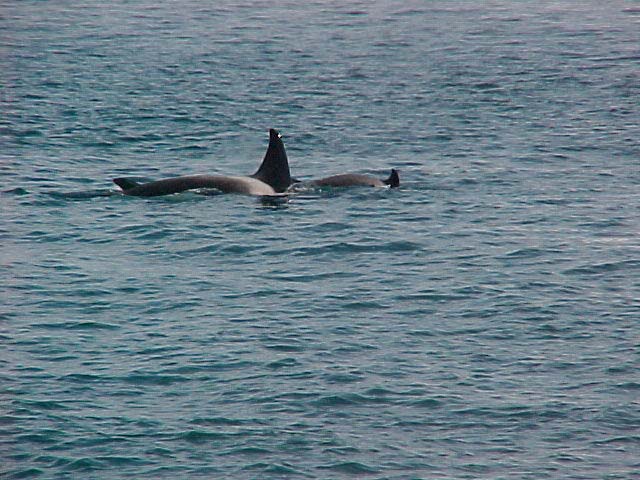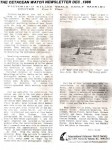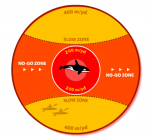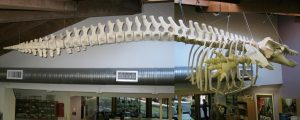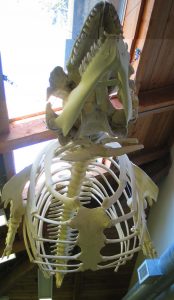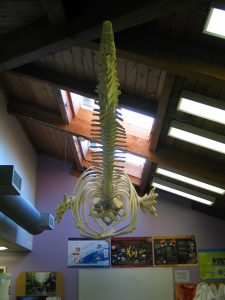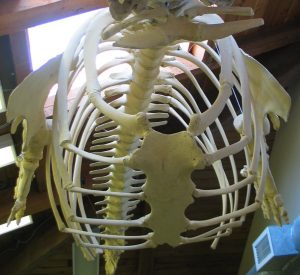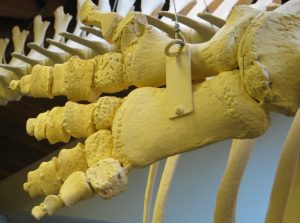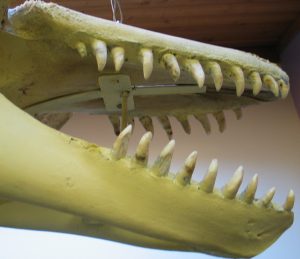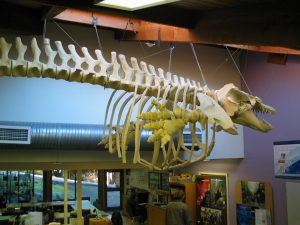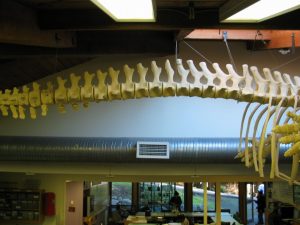Ecological Notes:
- On Saturday afternoon, a southern resident orca pod went through Race Passage, just north of the ecological reserve. Someone was warning boats over the VHF radio to reduce their speed, as they were “in the path of endangered southern resident killer whales.” All boats appeared to oblige. For a while, the very large pod was spread out from the Bentinck Island, at the west side of the mouth of Pedder Bay to well past William Head to the east, at least 4km or 2NM. I watched the pod for a while through binoculars and saw an orca fully breach out of the water. I did not get a photo of the breach, but it was spectacular. Then the pod travelled south to the east of Race Rocks, based on the group of ecotour boats I could see watching the pod from a safe distance.
- The gull chicks are still popping out, with many nests having one to three chicks. There are still some gulls tending to eggs.
- See the photo gallery below for more ecological happenings from the past two days.
Weather:
- Yesterday (July 9):
- Sky: Overcast, then cloudy throughout rest of day
- Wind: W 15-30 kts
- Sea: rippled, 1′ chop in evening
- Temperature Low 13oC, High 16oC
- Today (July 10):
- Sky: Part cloudy
- Wind: W 3-24 kts
- Sea: rippled, 1′ chop in afternoon
- Temperature Low 14oC, High 17oC
Visitors:
- No visitors.
Facility Work:
- Scrubbed and squeegeed solar panels, topped up water in battery bank, routine tidying and checking infrastructure around the island.
Vessel Traffic:
- Many Canadian and American ecotour boats have been nearby and heading through the waters of the ecological reserve.
Here are photo highlights from the past two days. Click on the photos for larger views and captions.
- A few orcas from a pod of southern resident orcas between North Rocks and William Head.
- Southern resident orcas northeast of the ecological reserve.
- Three gull chicks venturing out of their nest.
- A fluffy gull chick blends in well on the rocks and dry grass.
- The five year old male elephant seal floated in the jetty bay for much of the day yesterday. He was nowhere to be seen today.
- Pigeon guillemots take flight near East Bay.
- I rarely see oystercatchers interact with water. This oystercatcher splashes in the shallow water by the jetty, perhaps to cool off on the hot afternoon.
- The goose family. One of the four goslings didn’t make the photo, but does still exist.
- A glaucous-winged gull with a well protected nest under the front porch of the Ecoguardian’s house. The gull has two chicks and one egg in the nest.
- Three gull chicks take shelter from the sun.
- A closer look at the three gull chicks nestled in a rocky ledge with English stonecrop and grass.
- The oystercatcher chick near the jetty seems to be growing fast.
- The sea lion population is growing. Now, there are six steller/northern sea lions hauled out on Middle Rock.
- Three kayakers paddling in Middle Channel. As they approached the ecological reserve, they hailed me on VHF channel 16 to warn they were doing rescue practices around Race Rocks. I appreciated the heads up.
- A black turnstone near the jetty.
- Harbour seals on South Seal Rocks.
- Sea otter napping in the bull kelp near the South Rocks.

